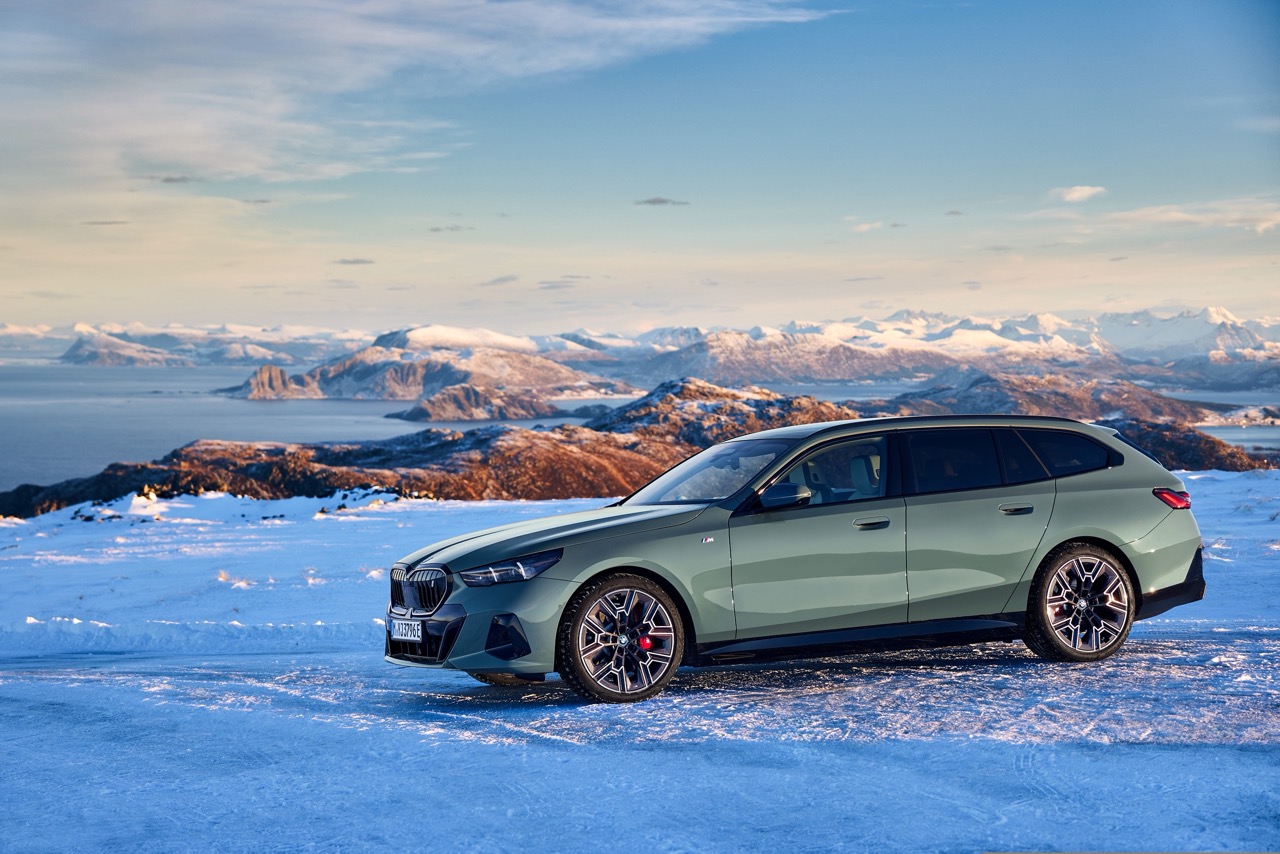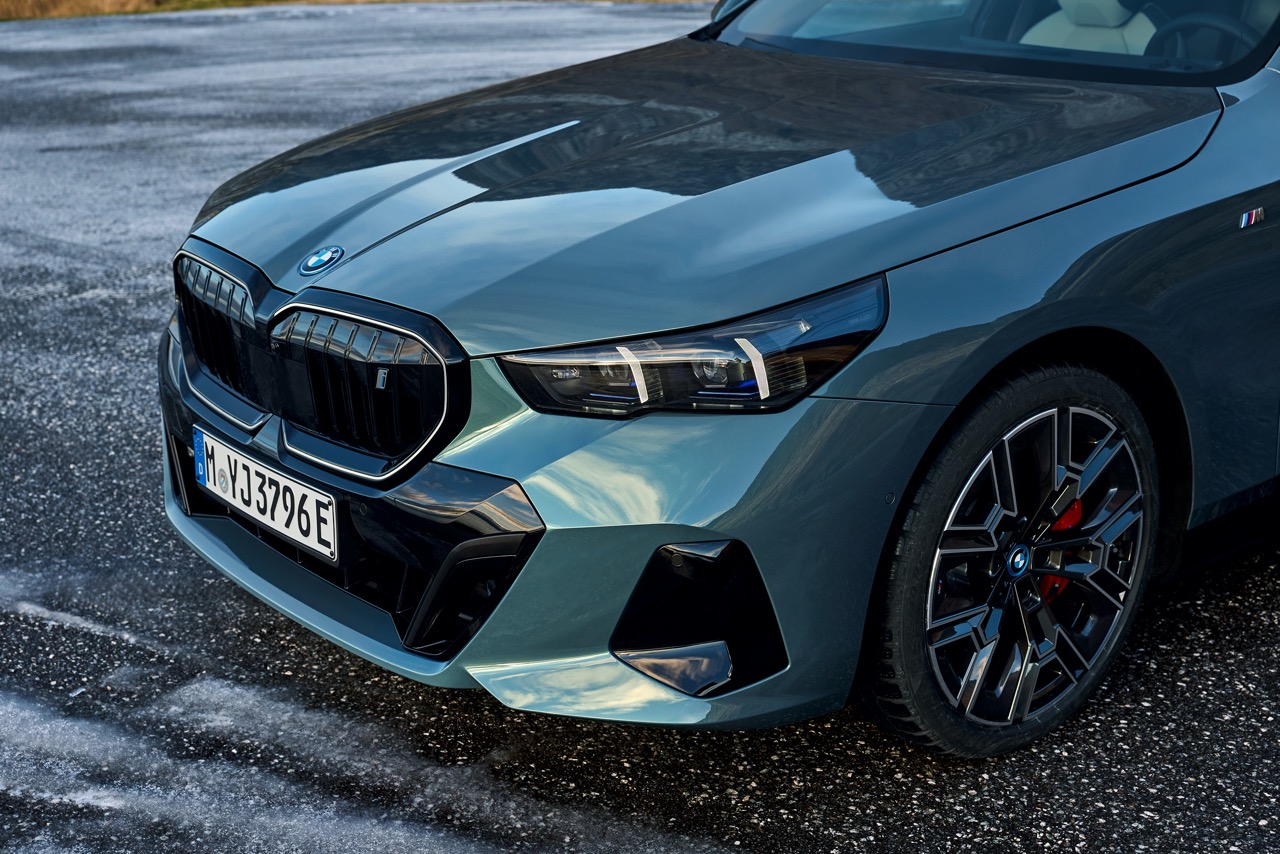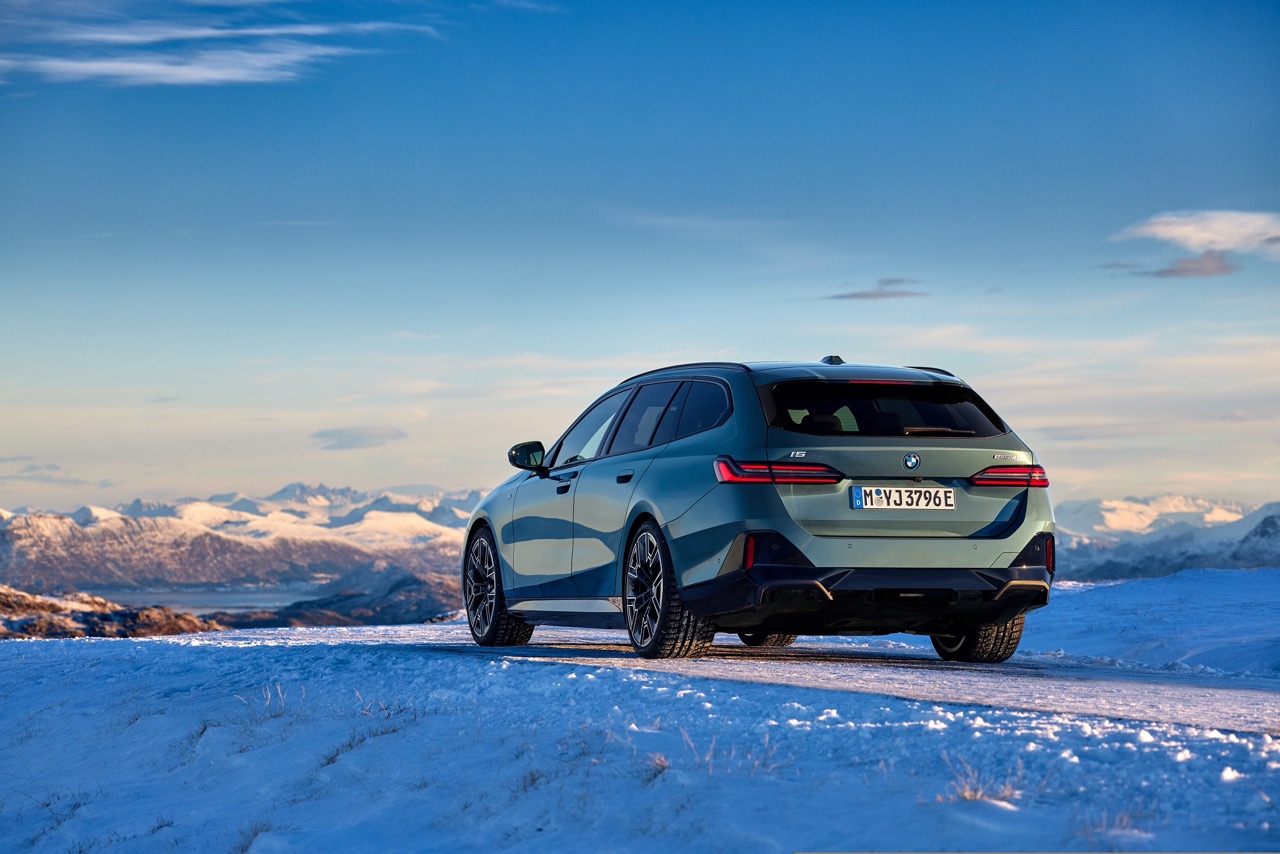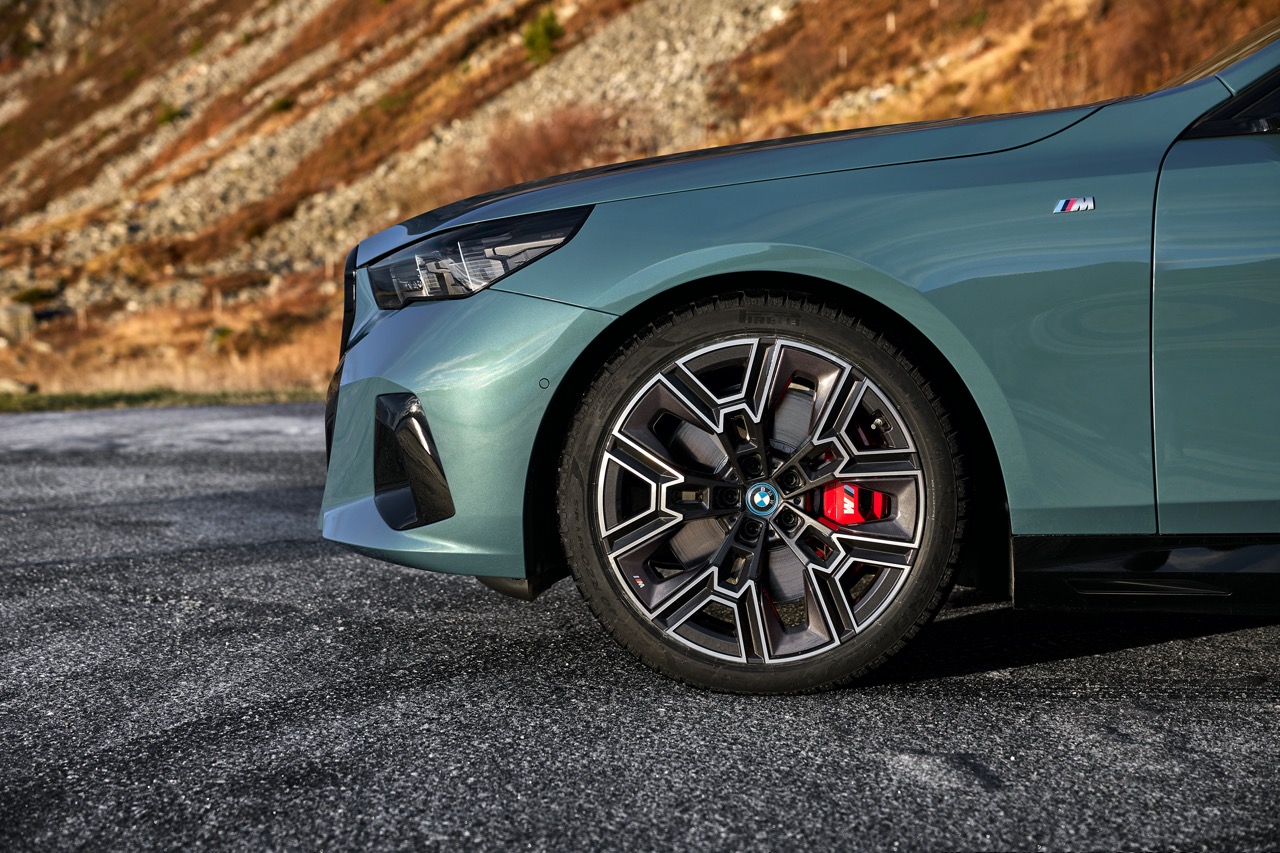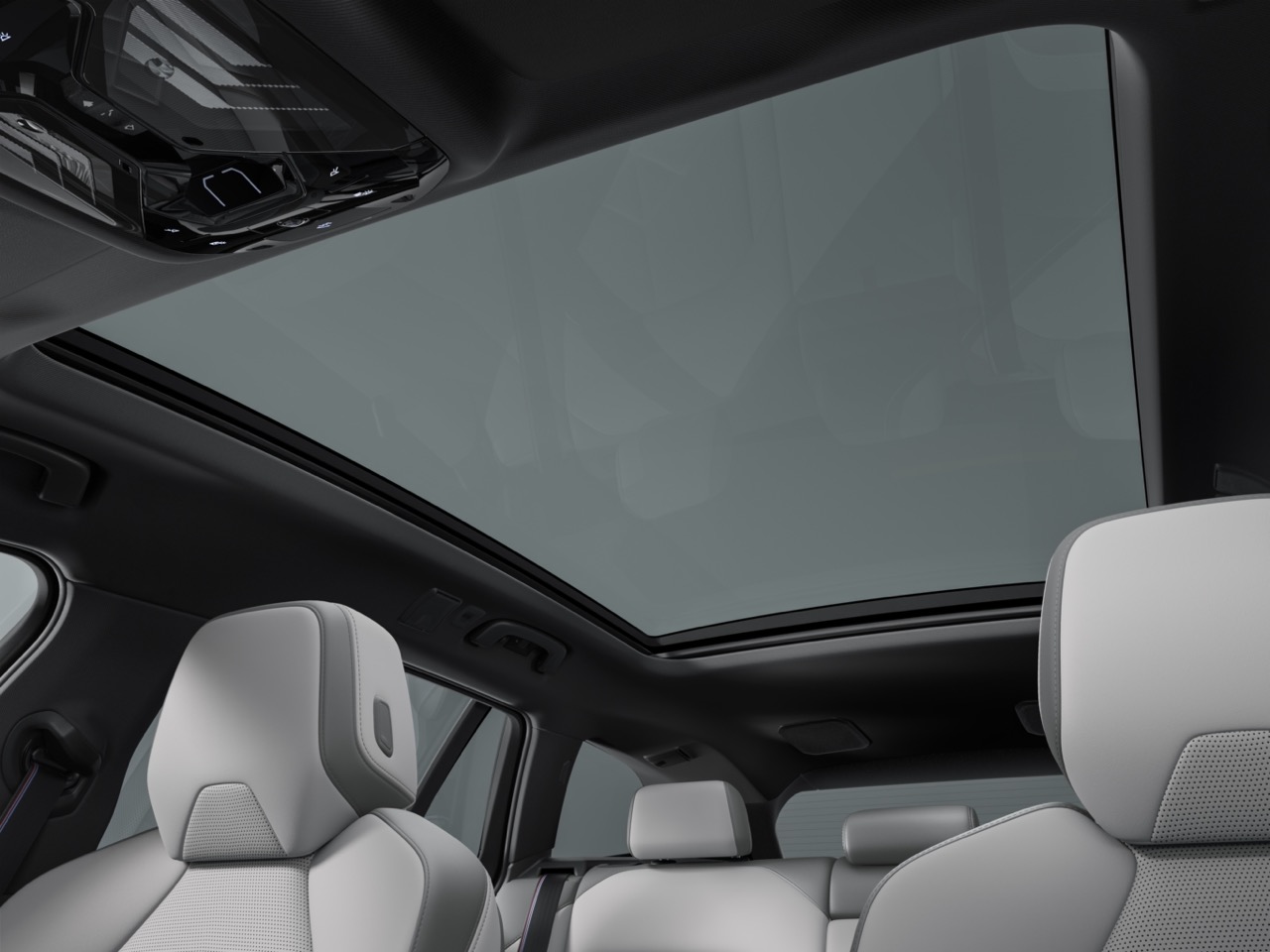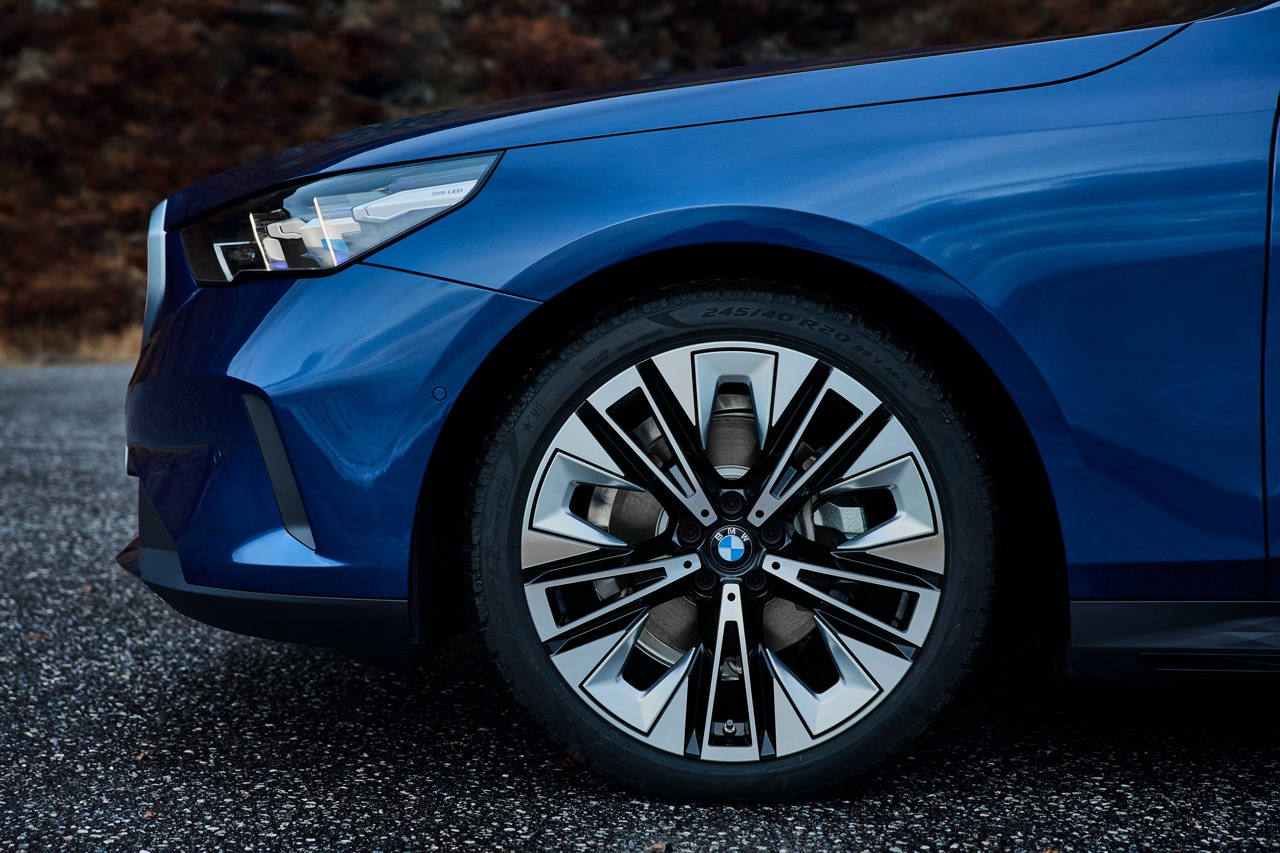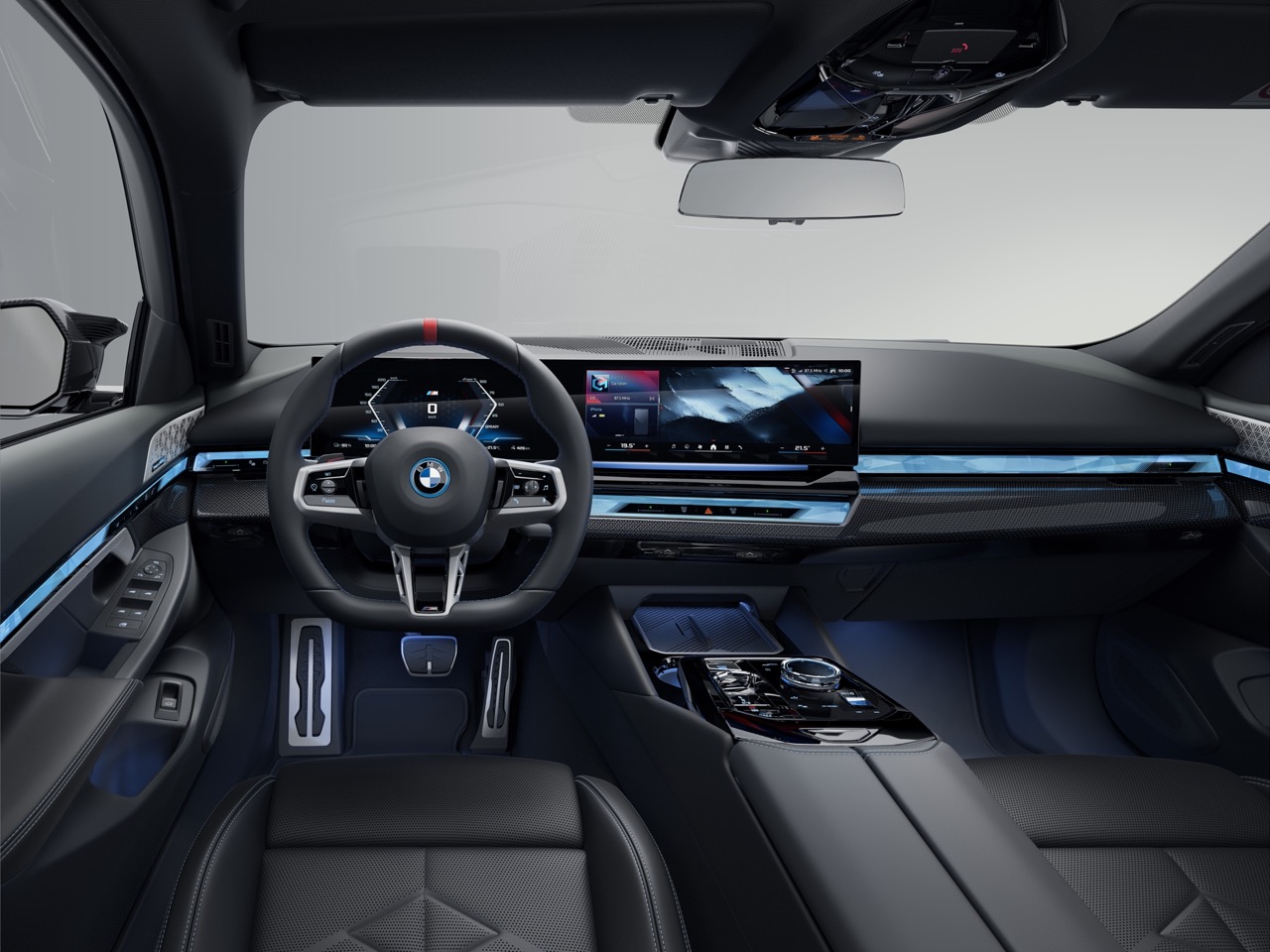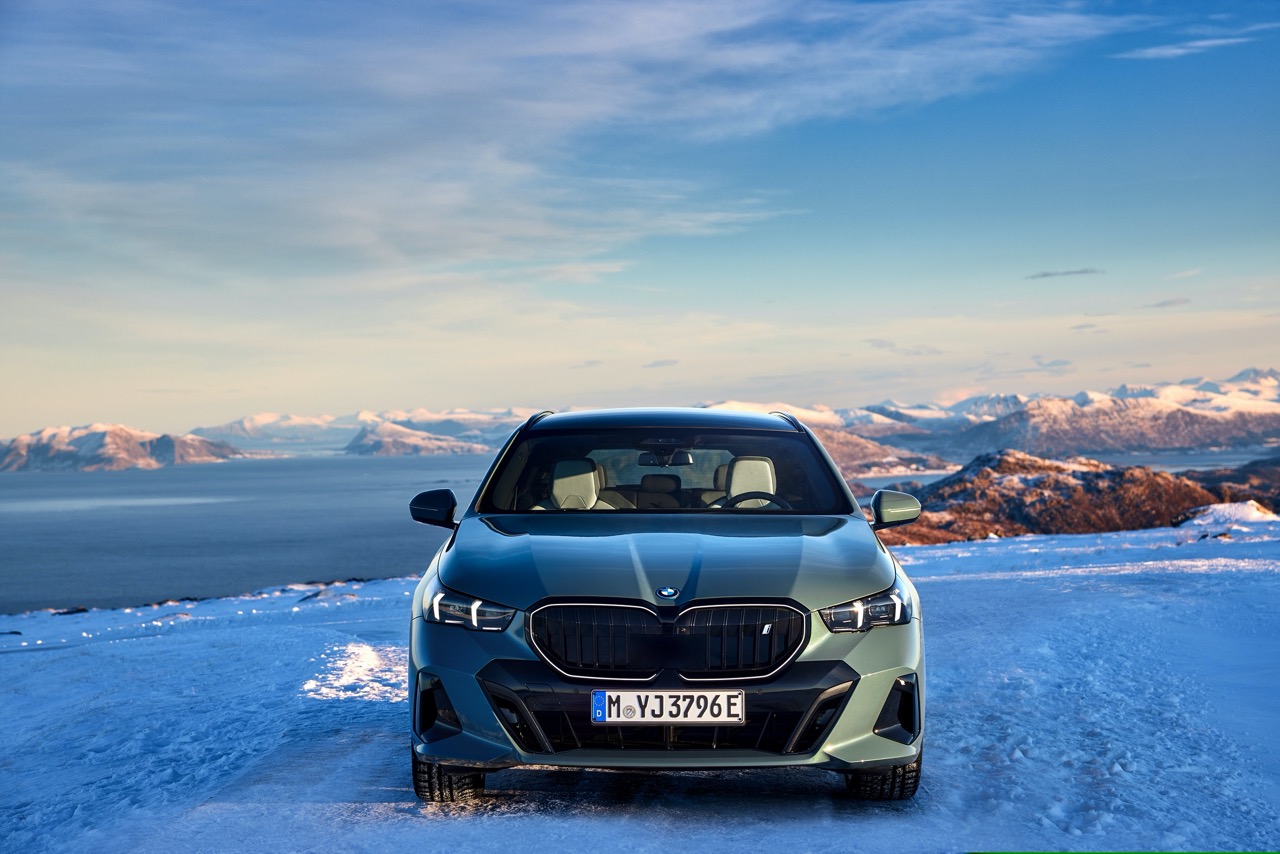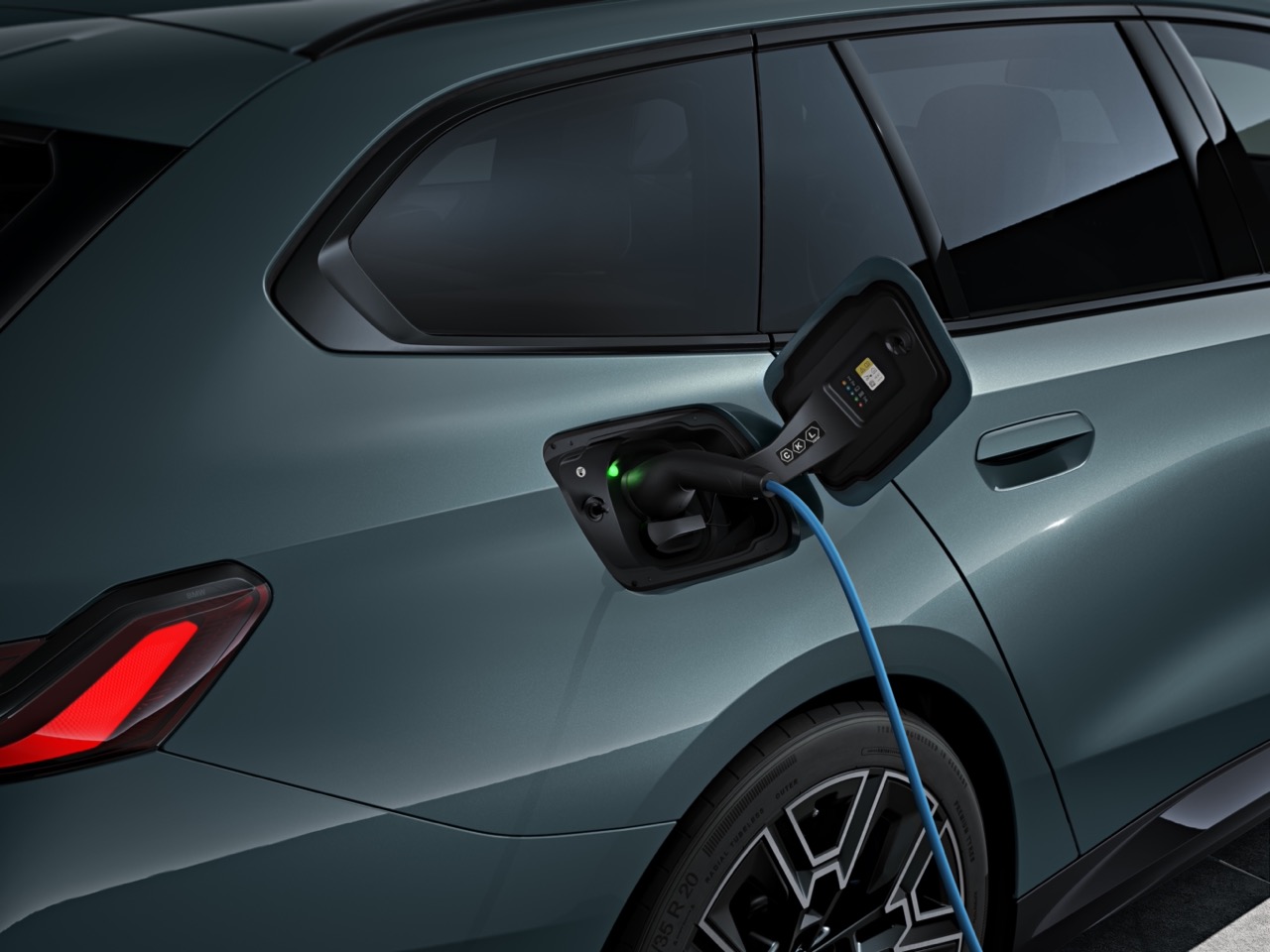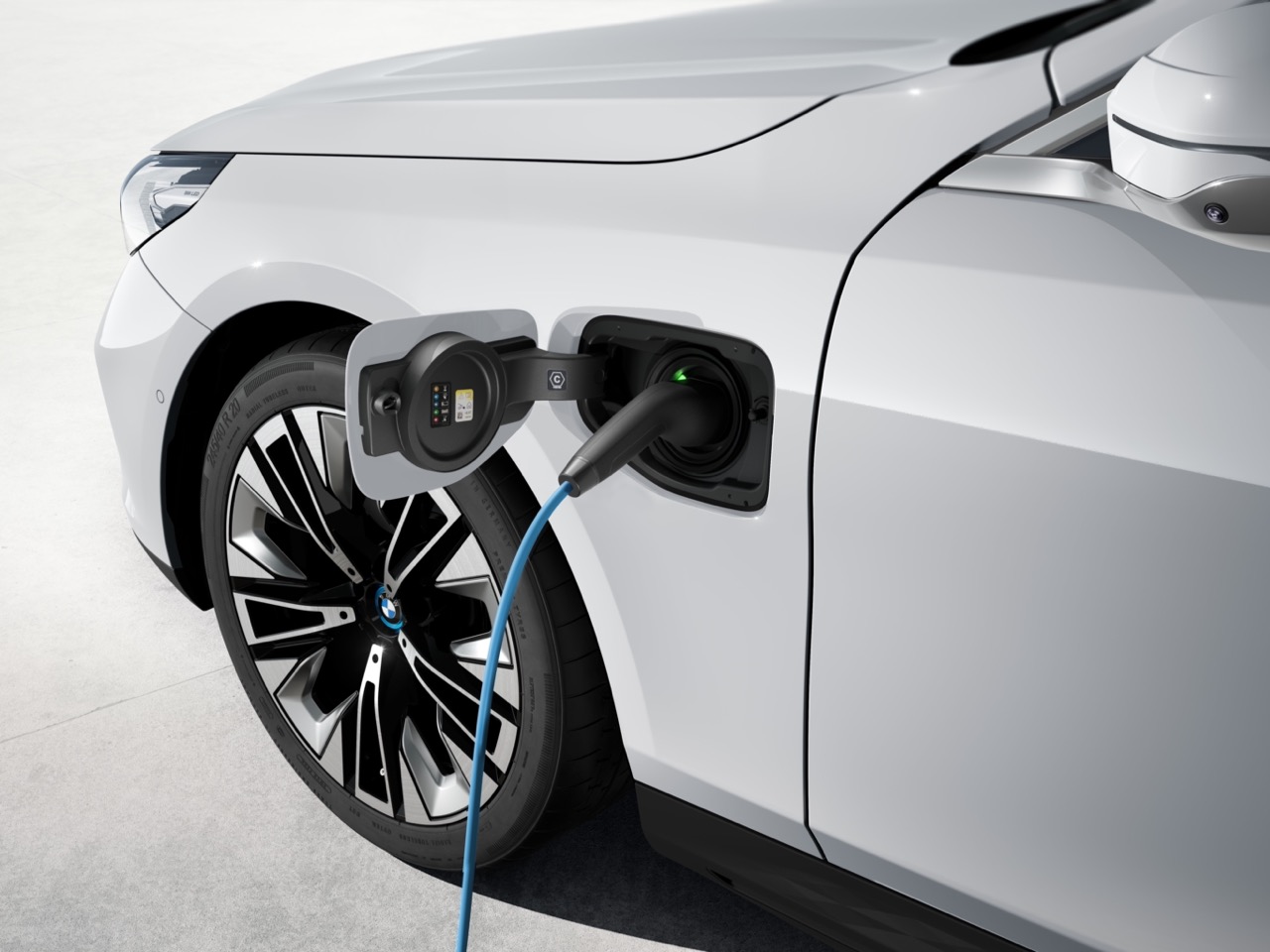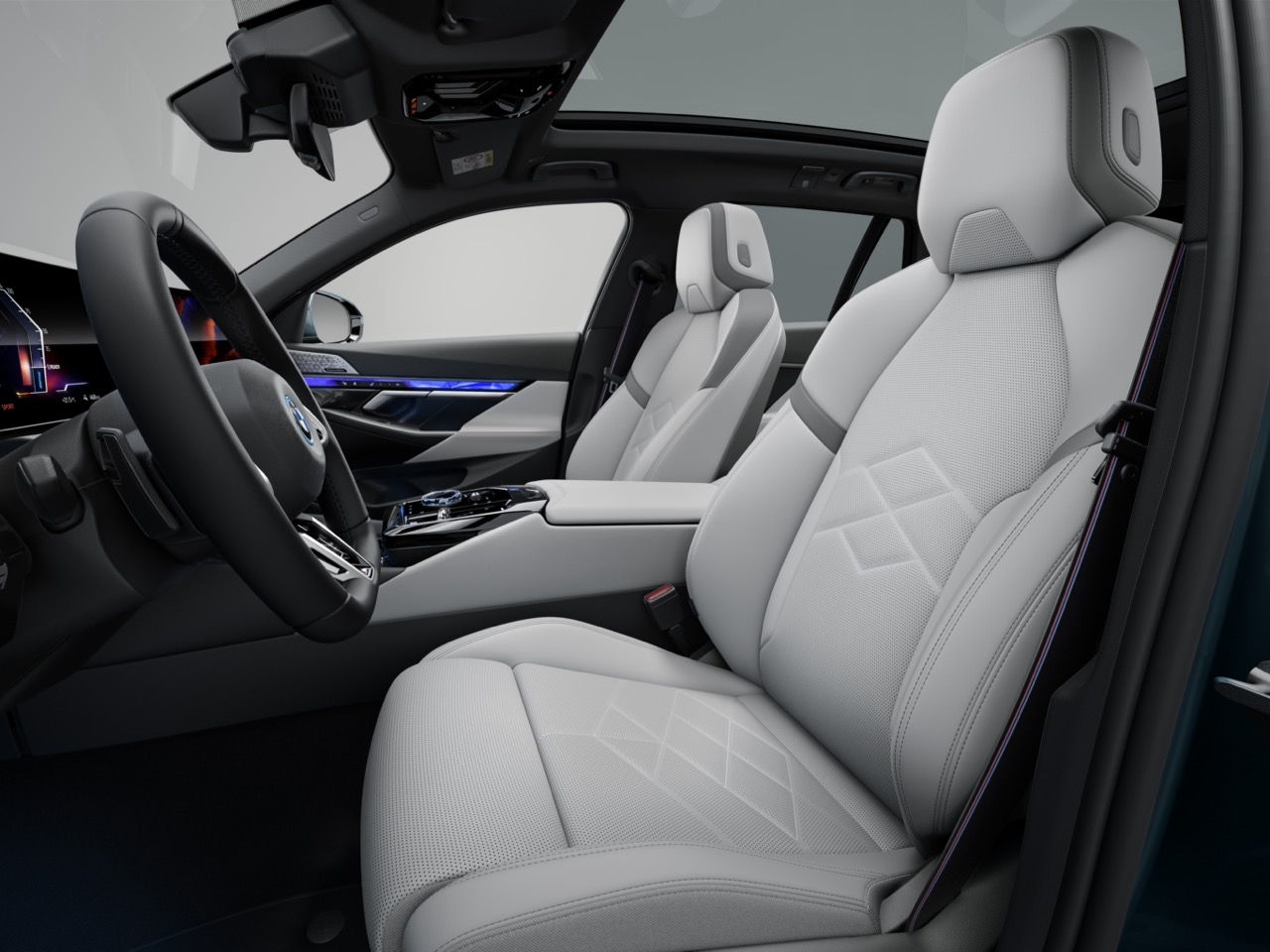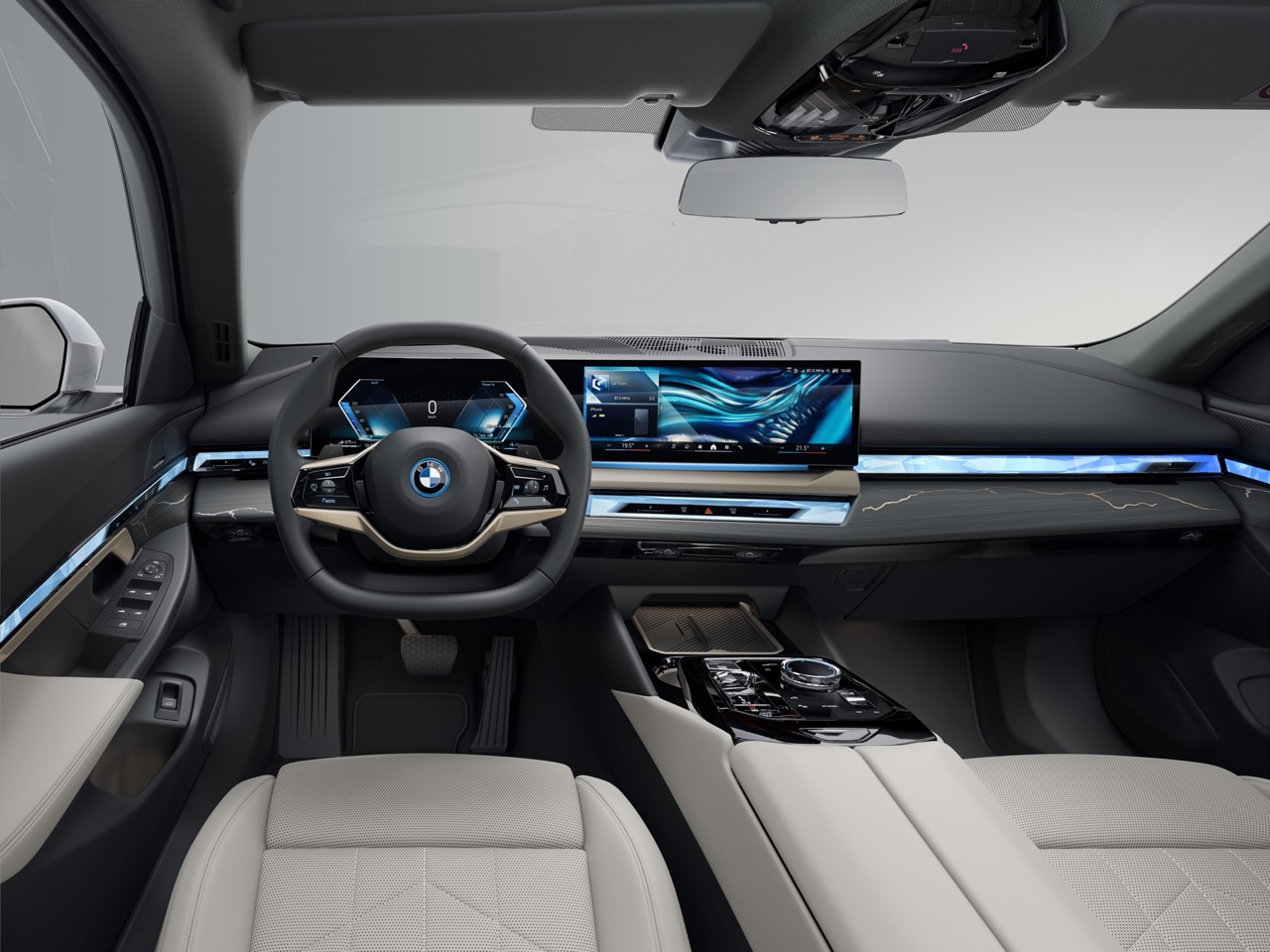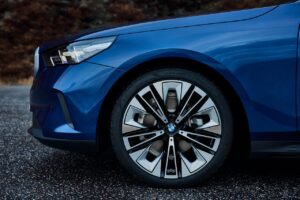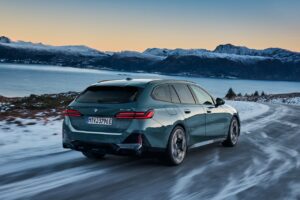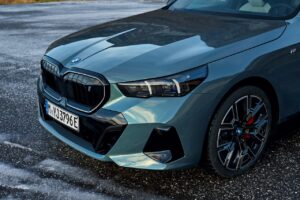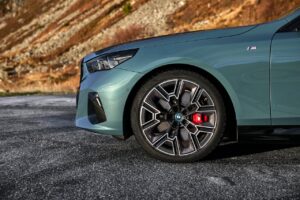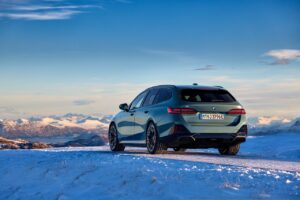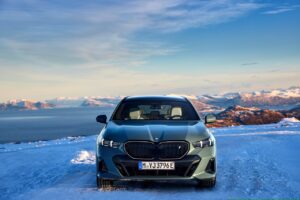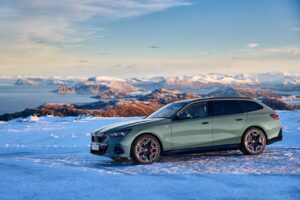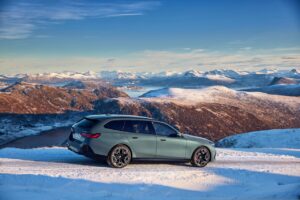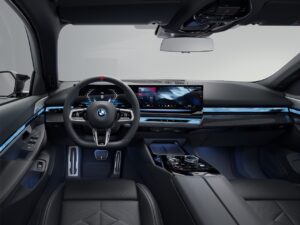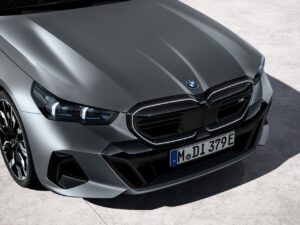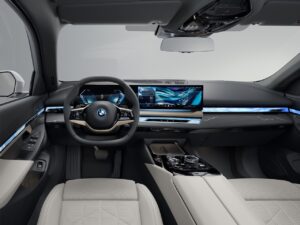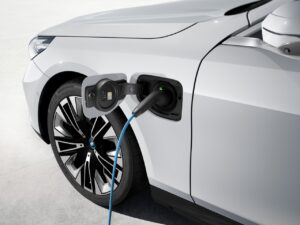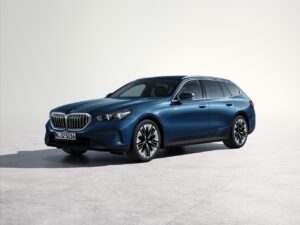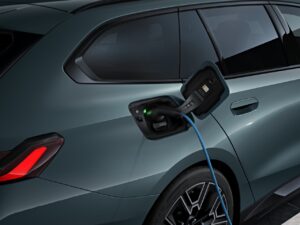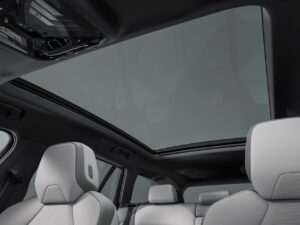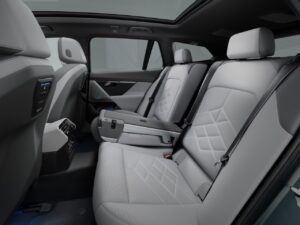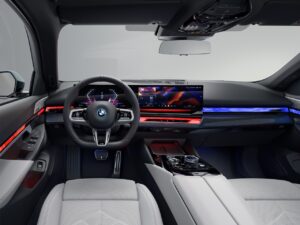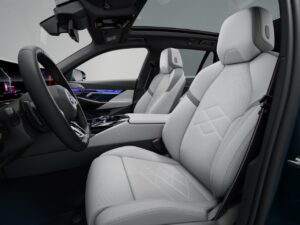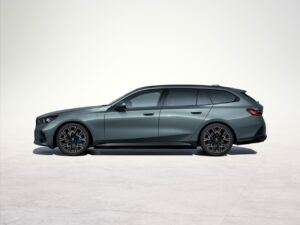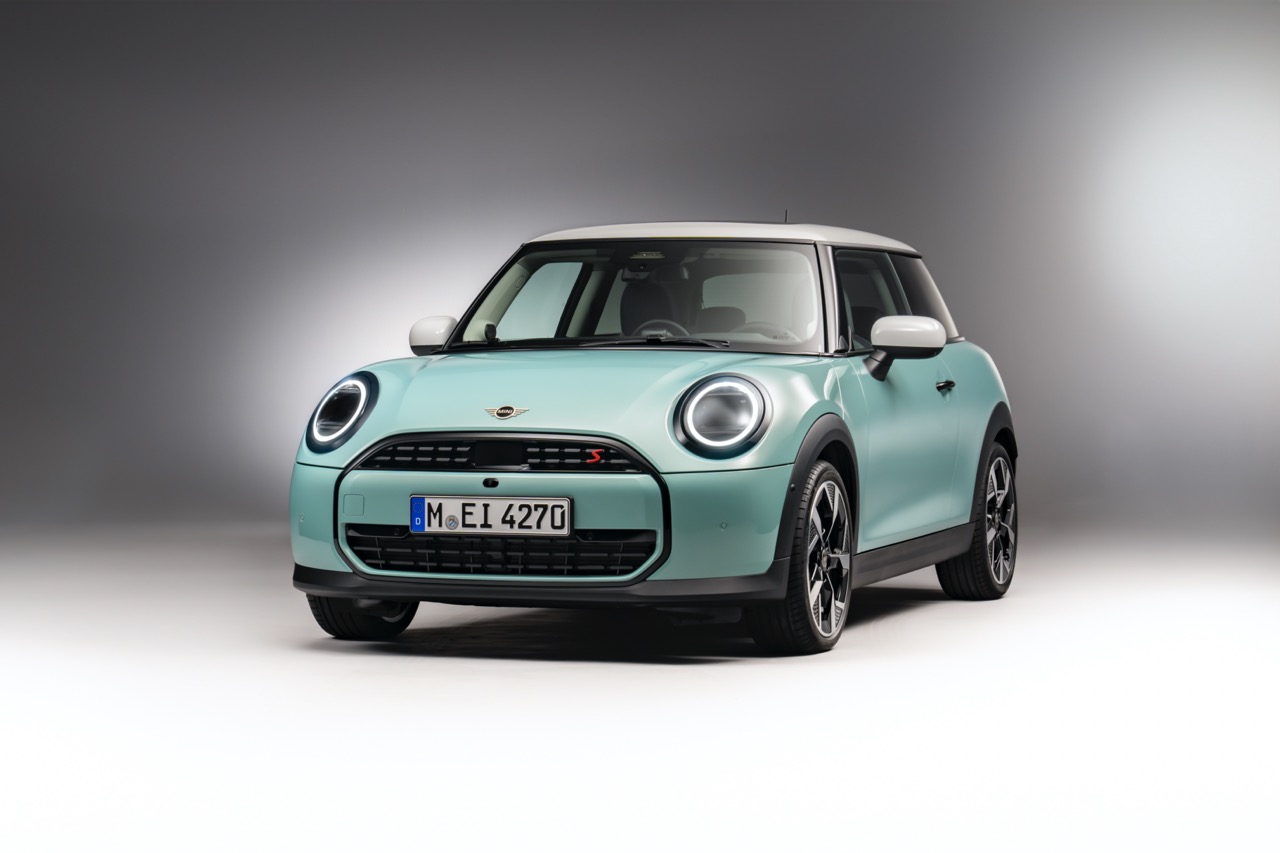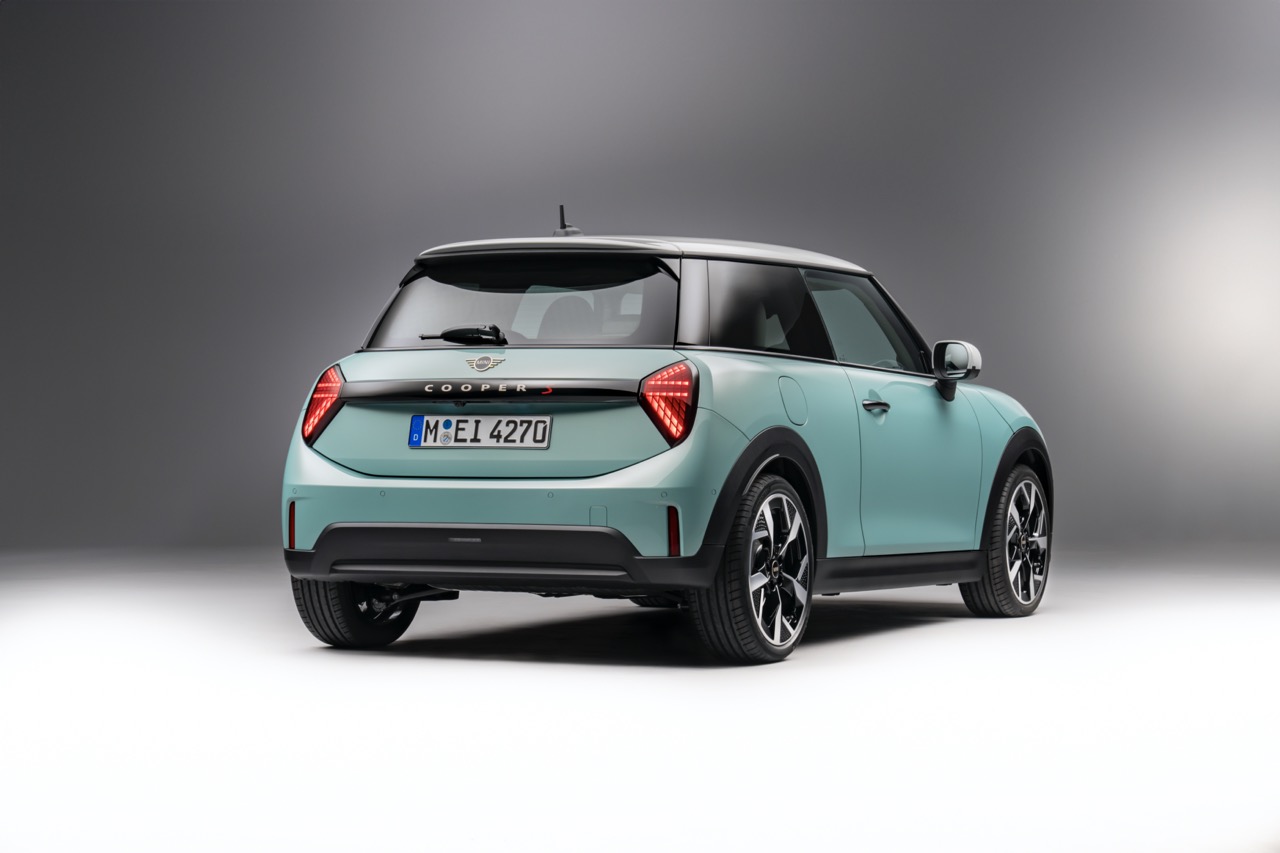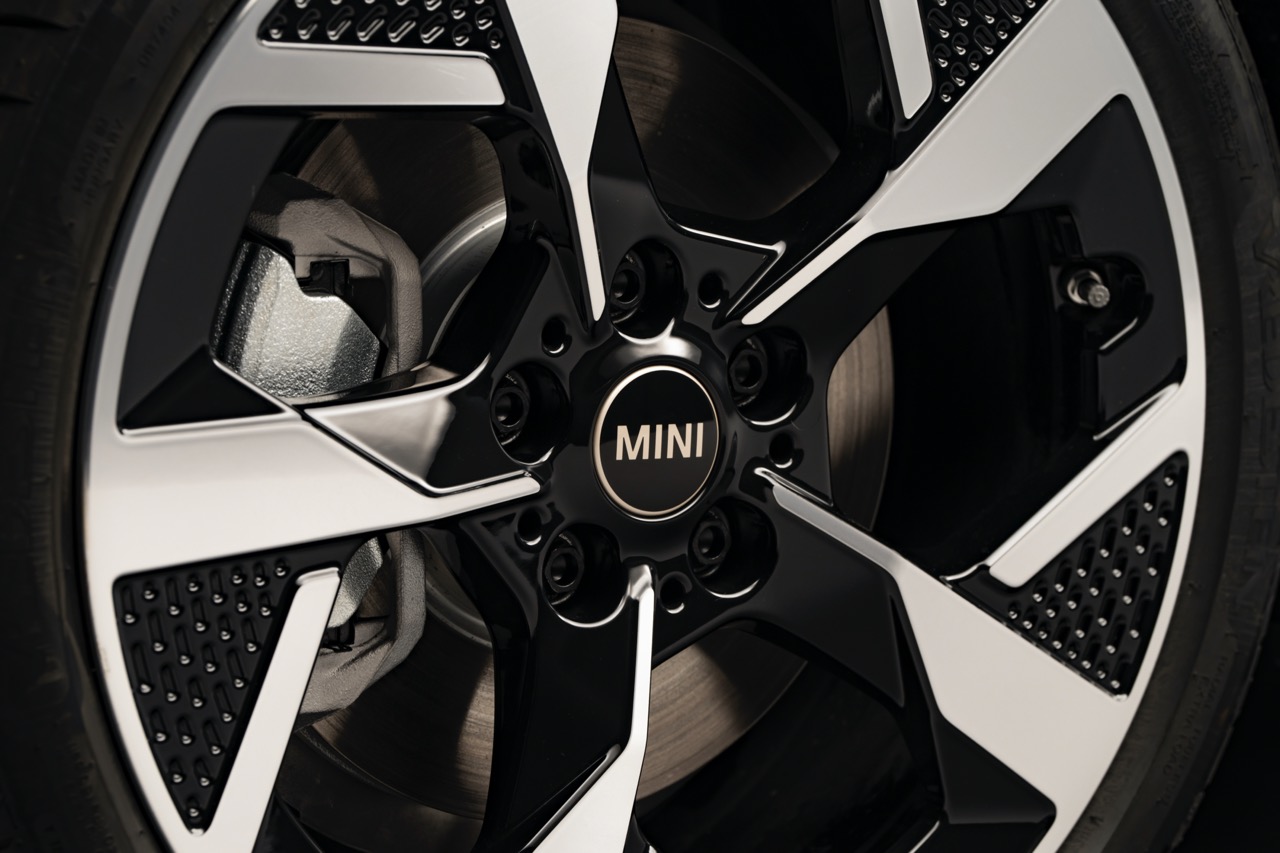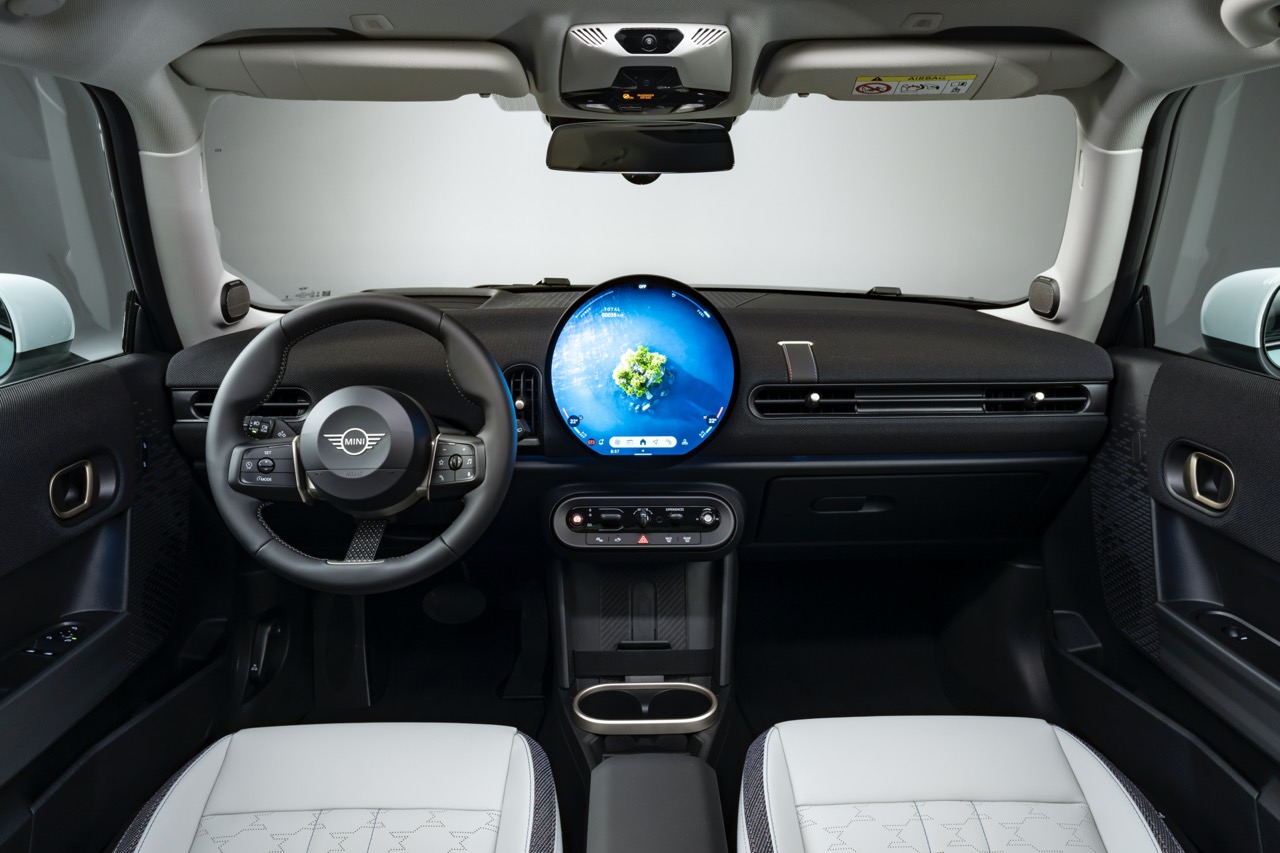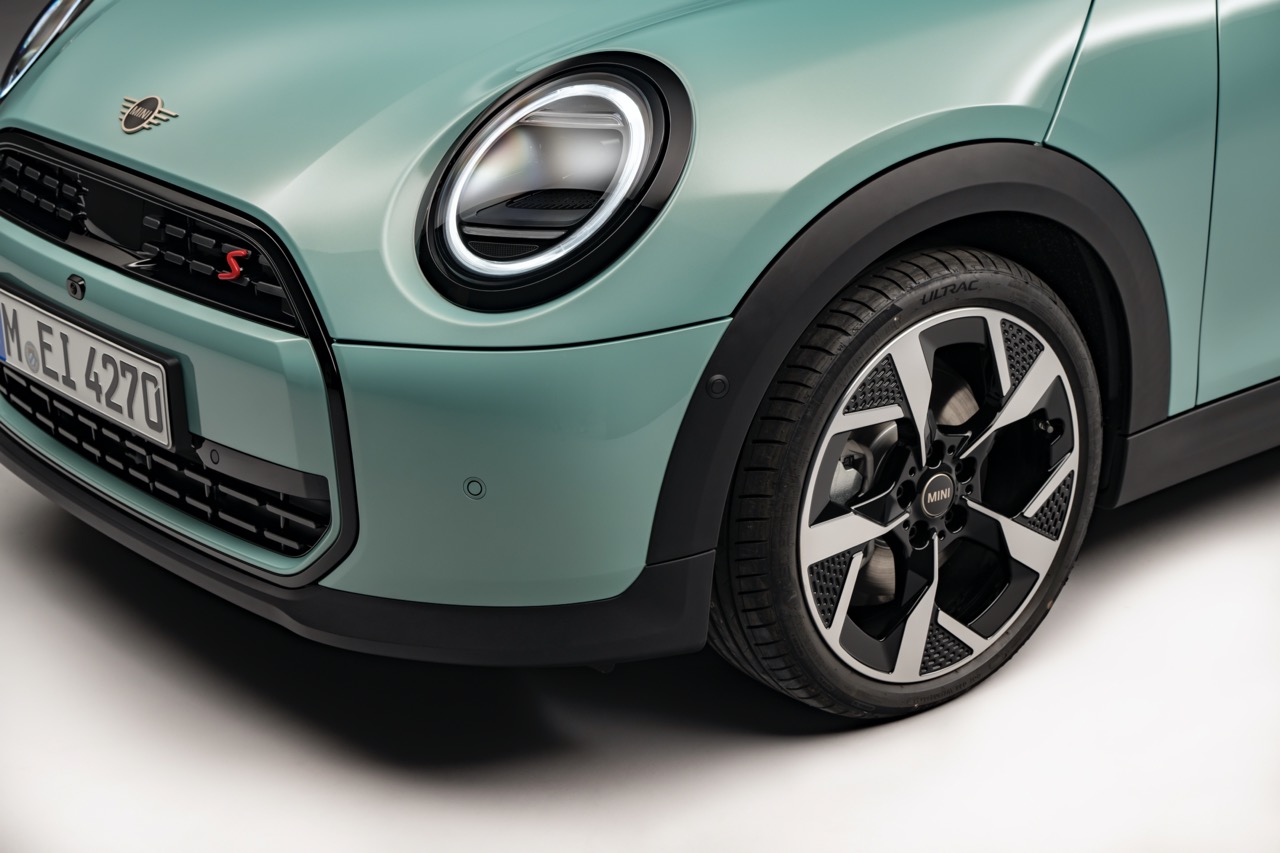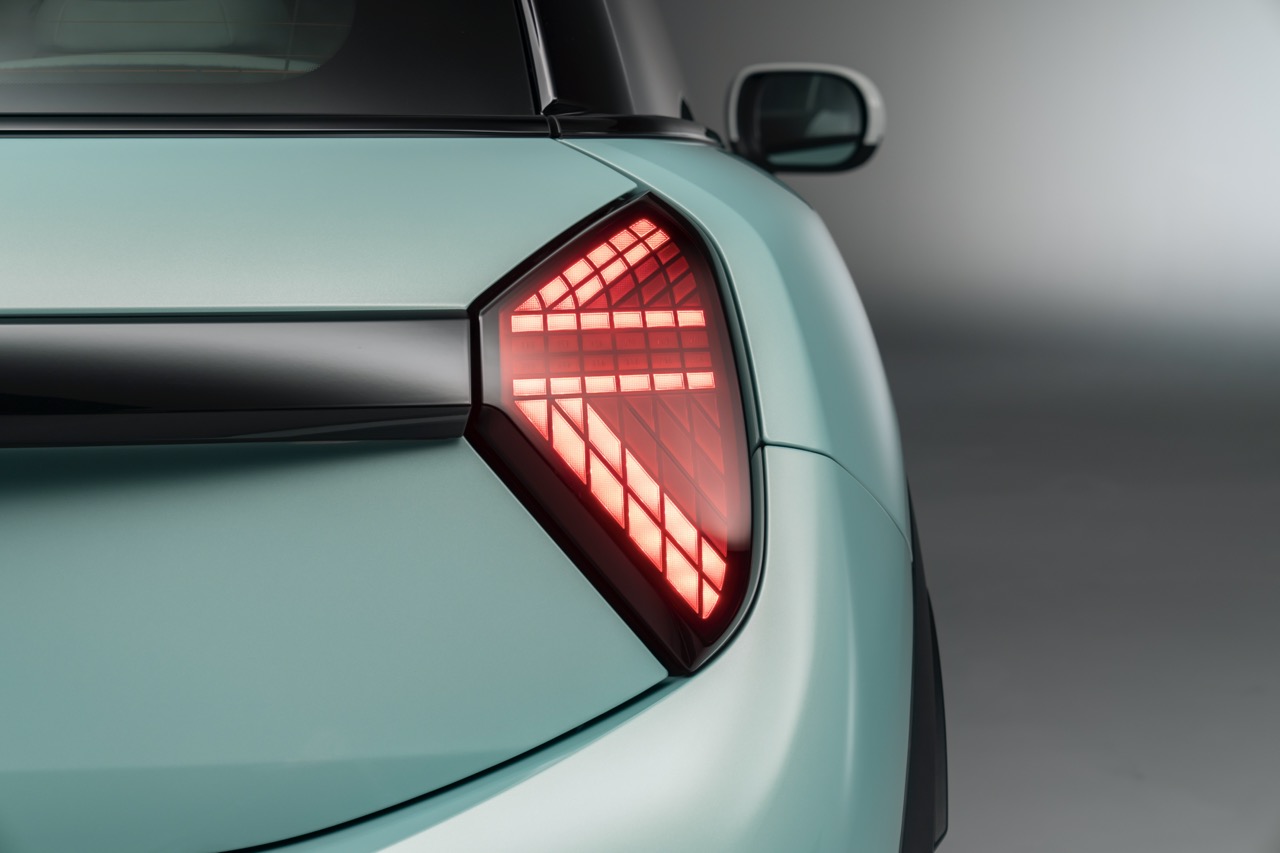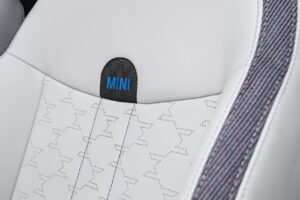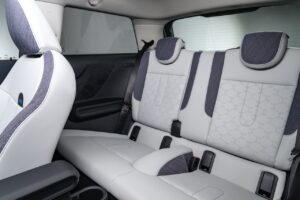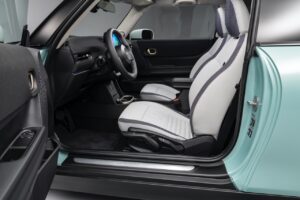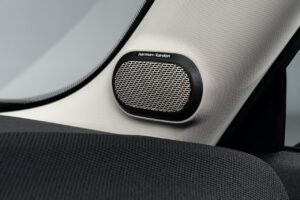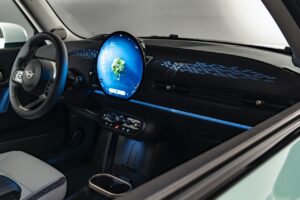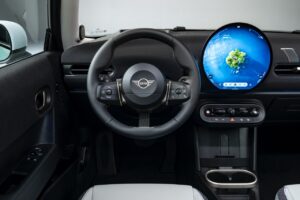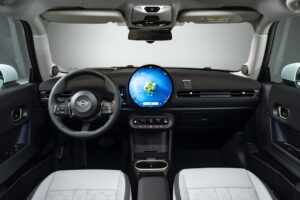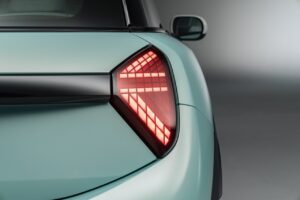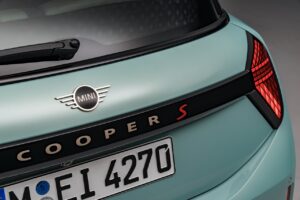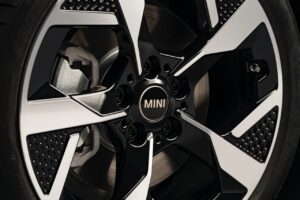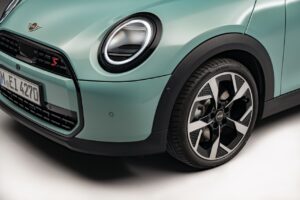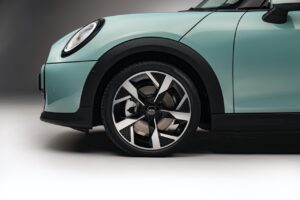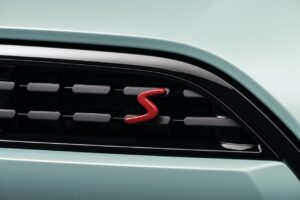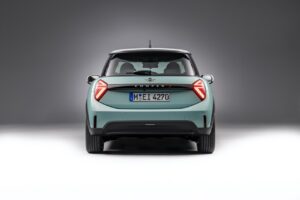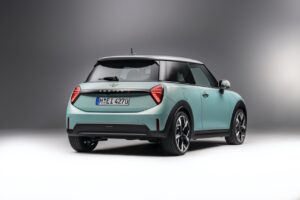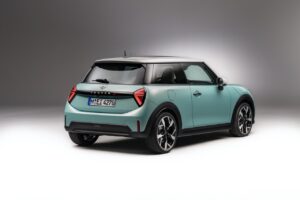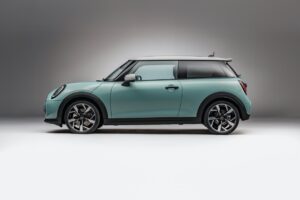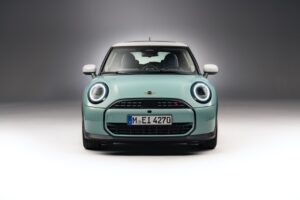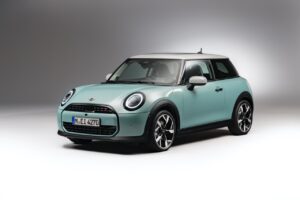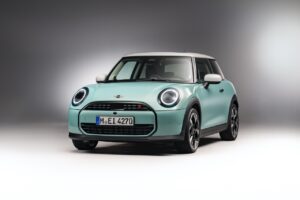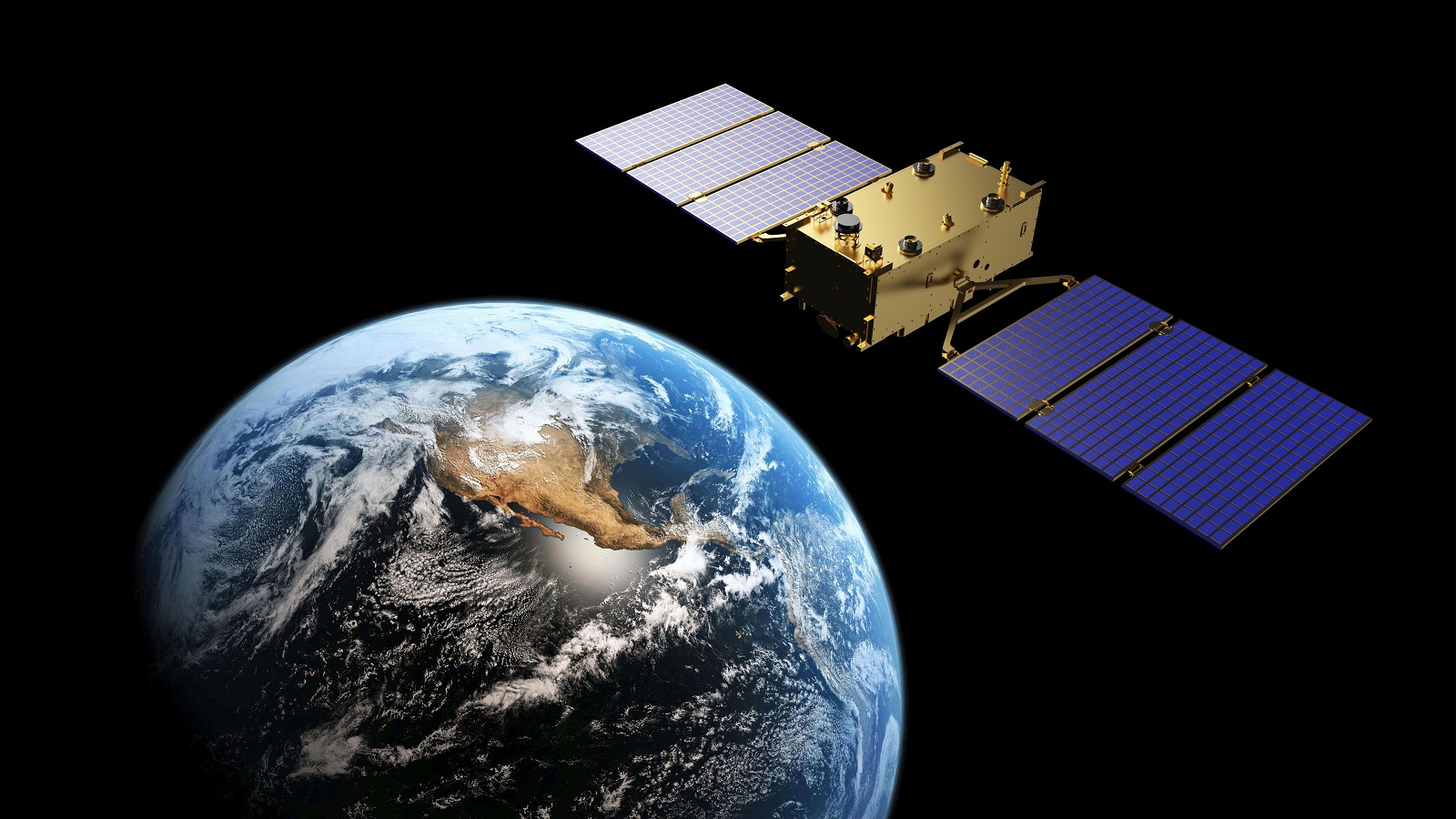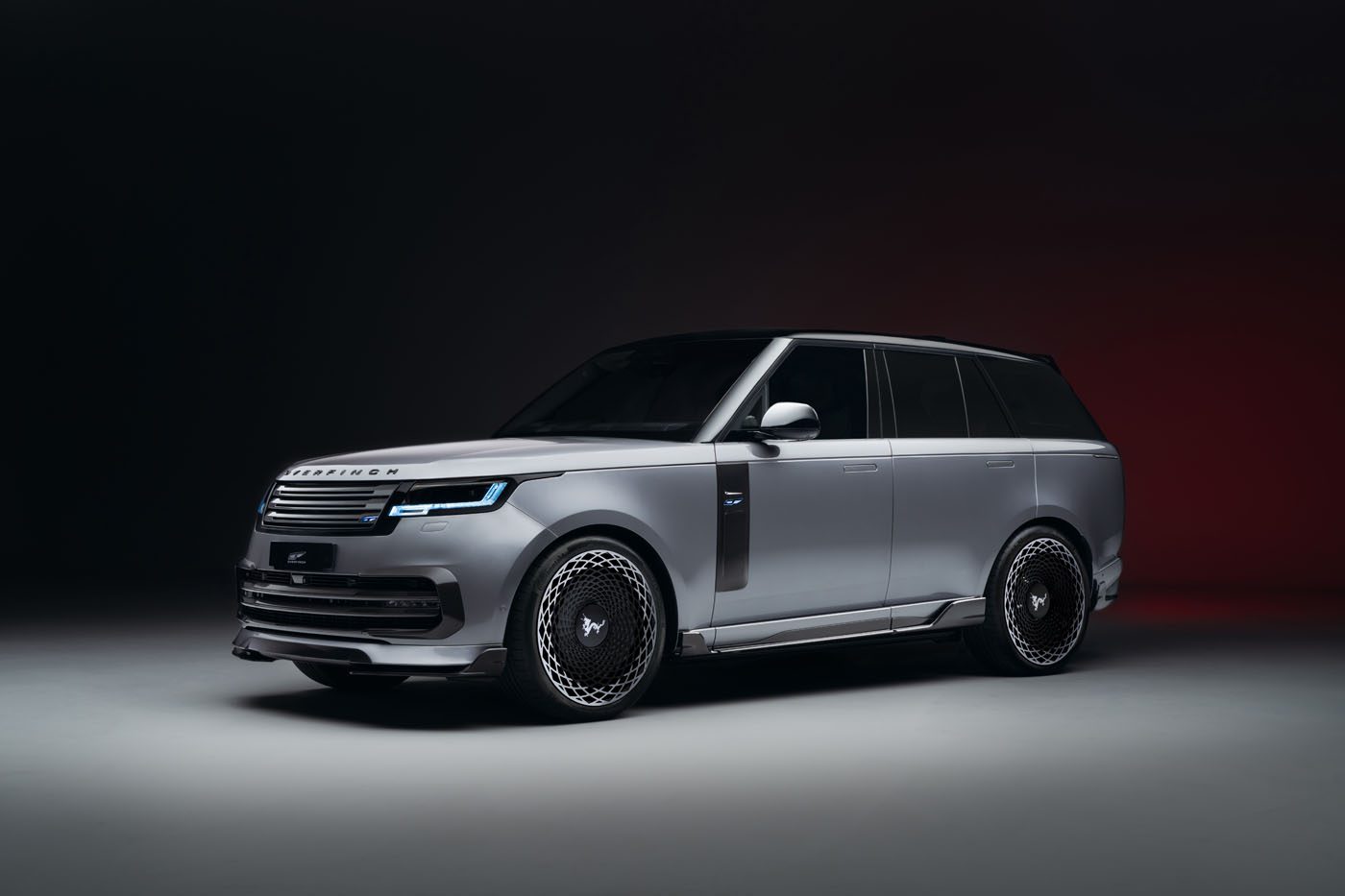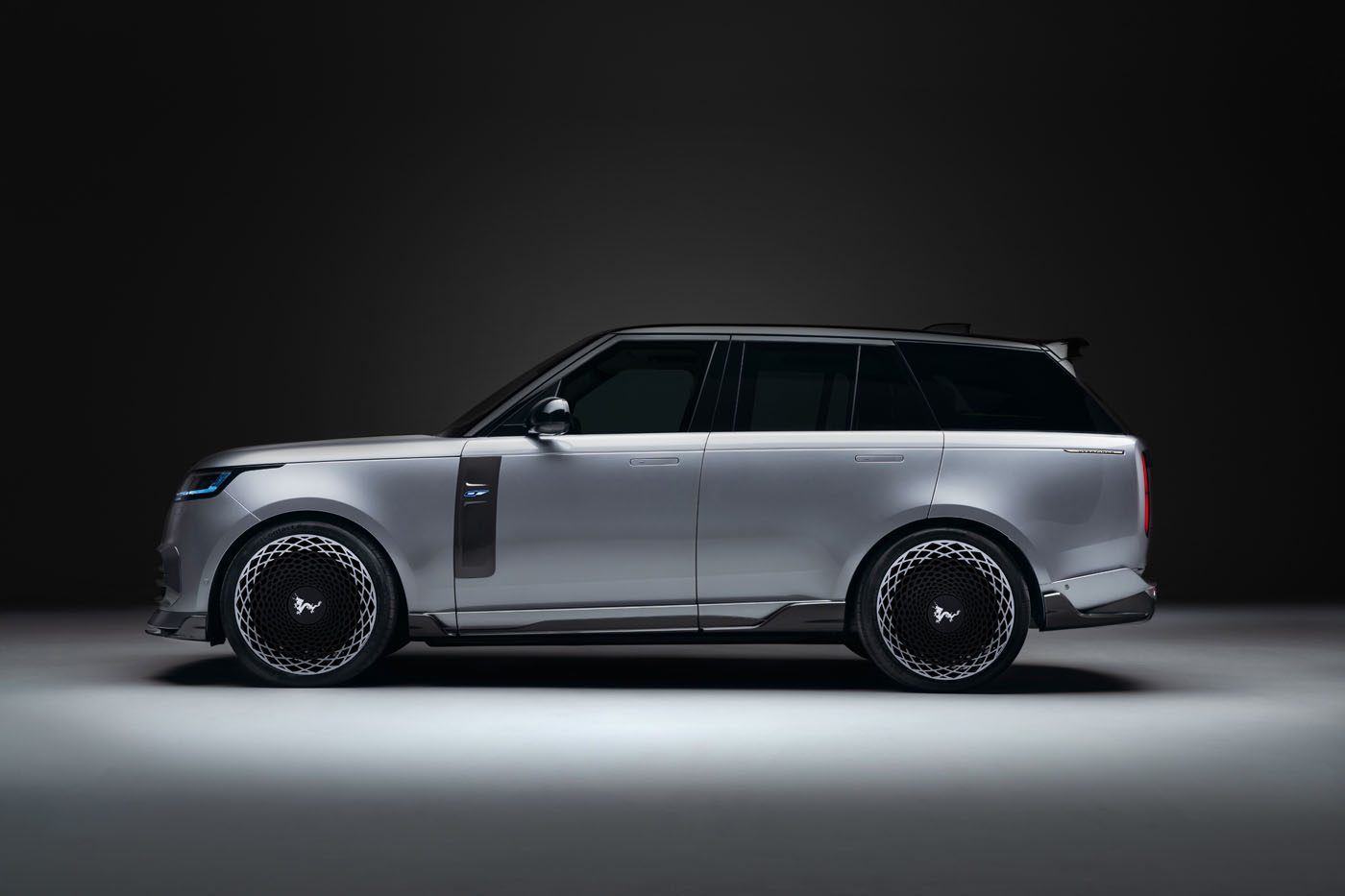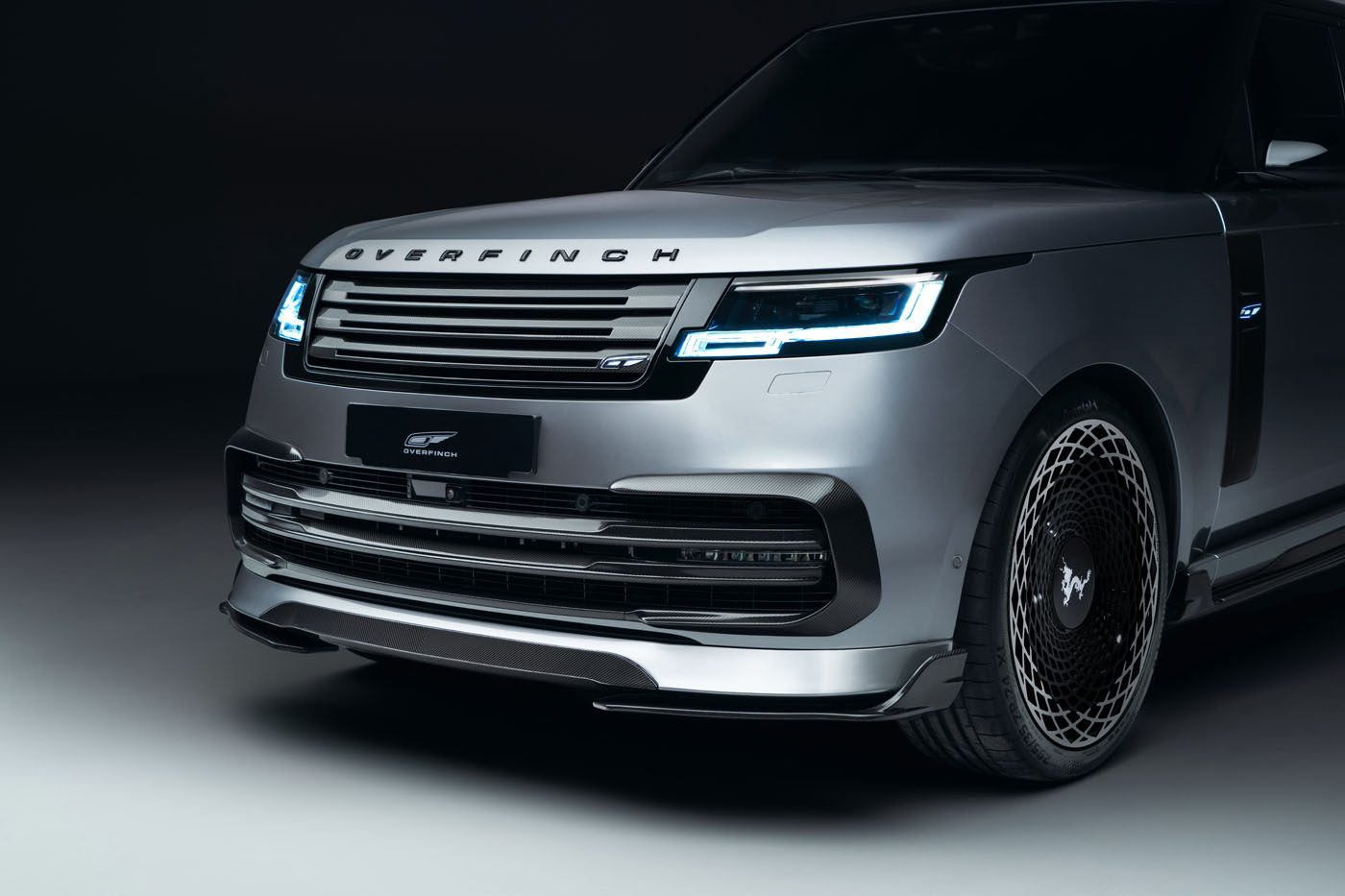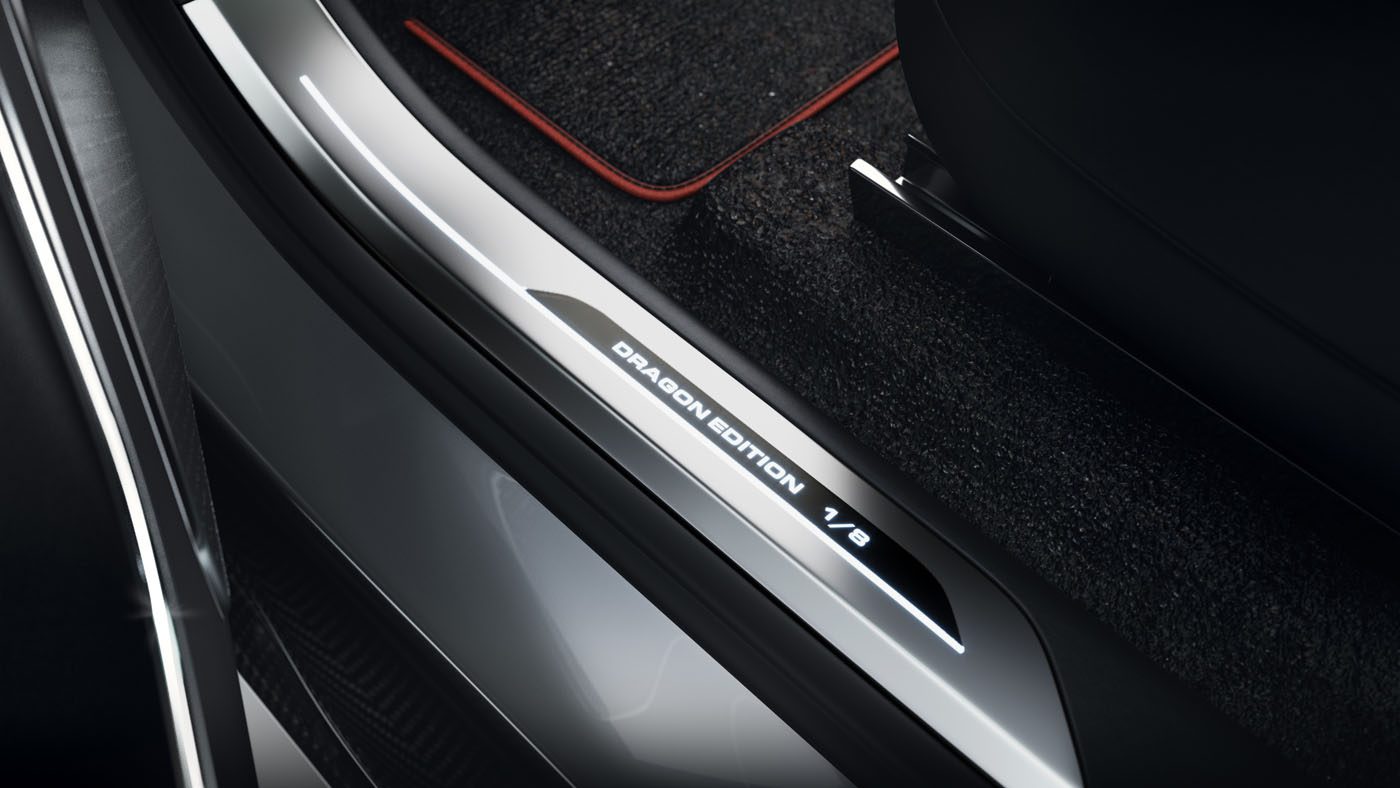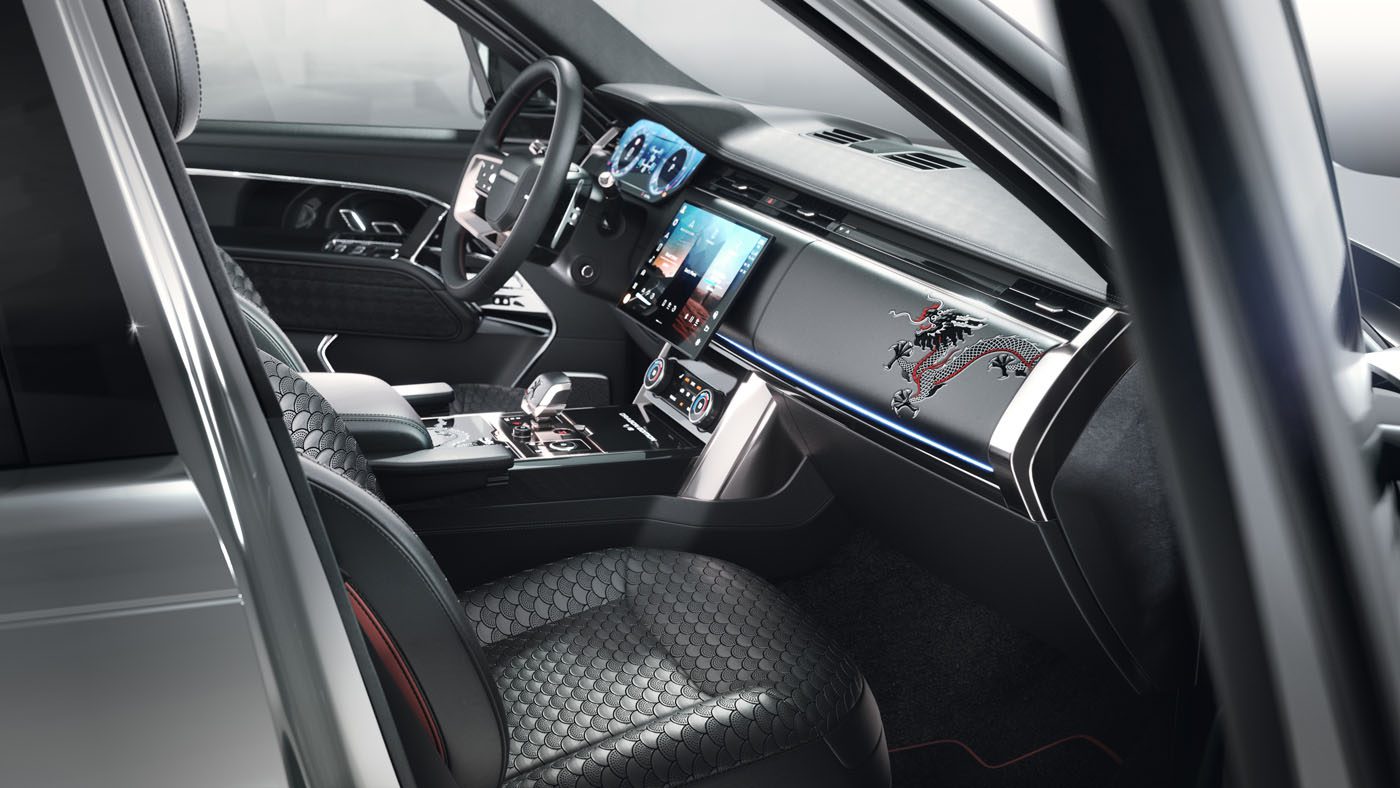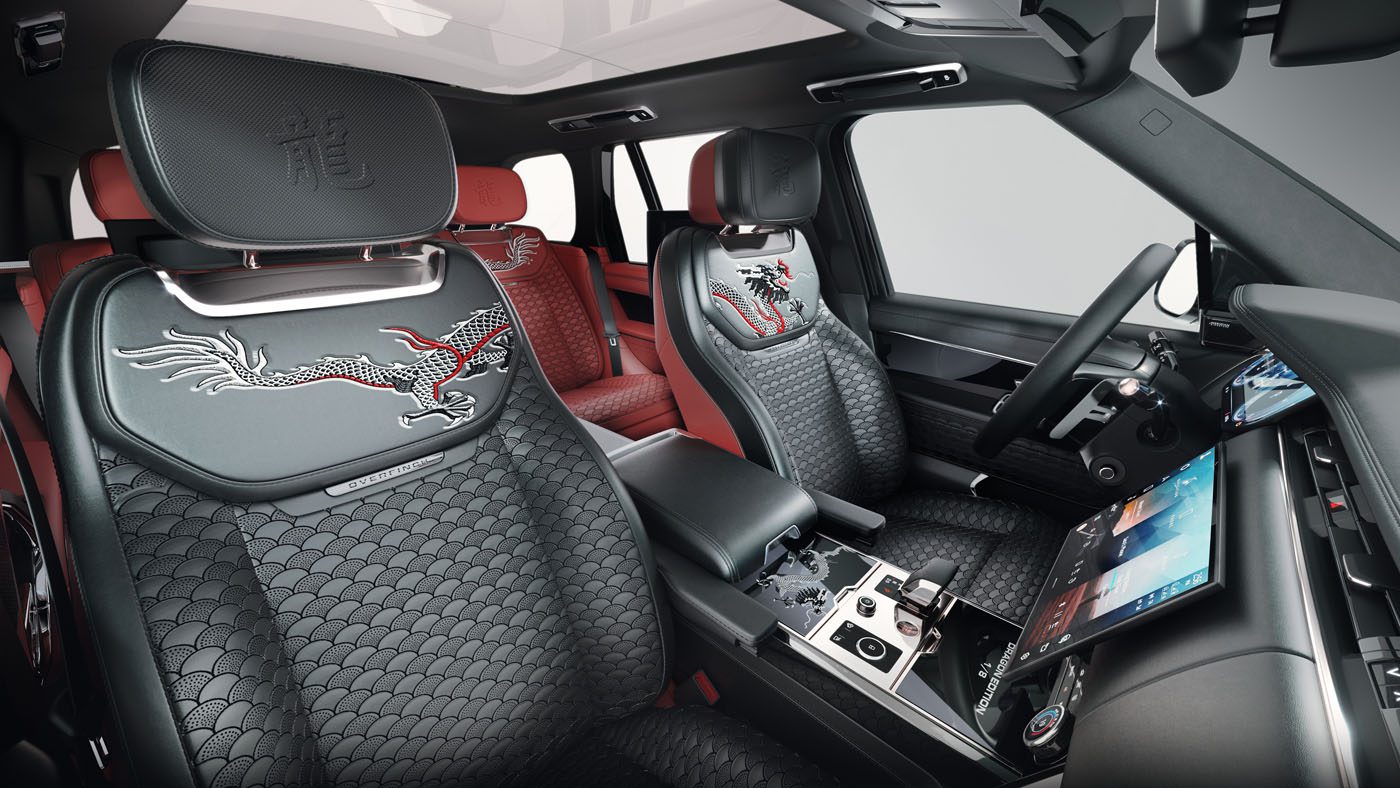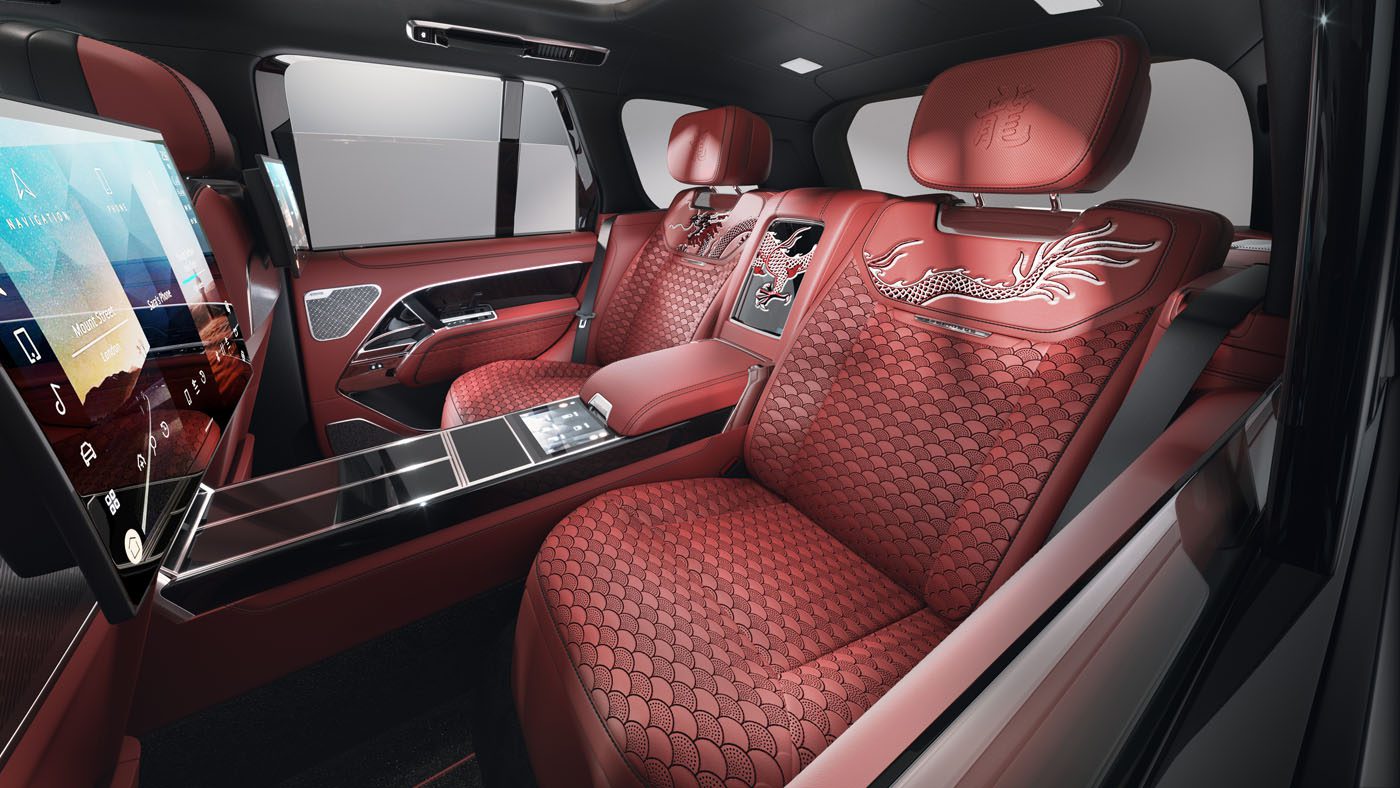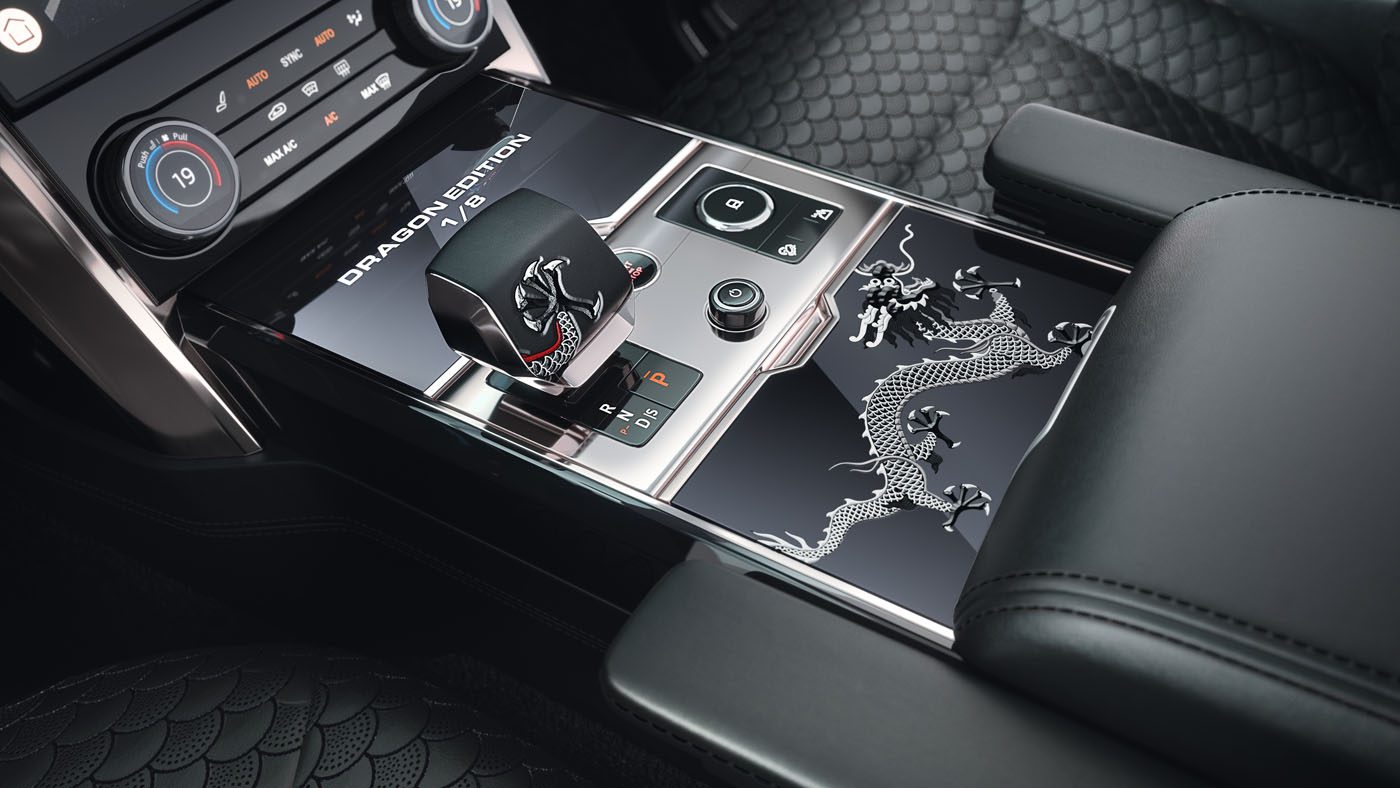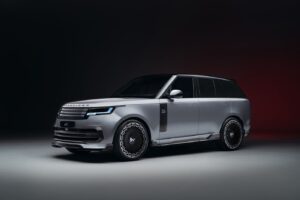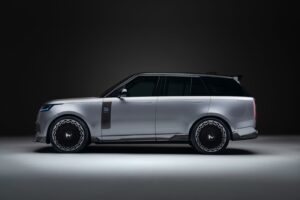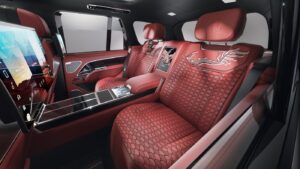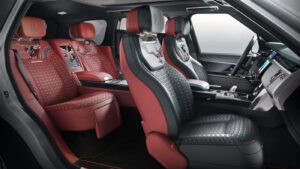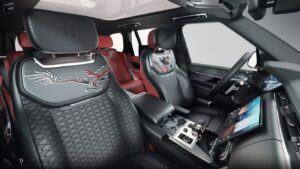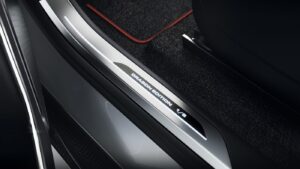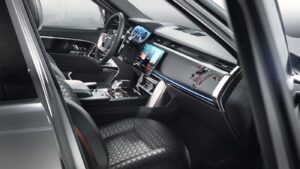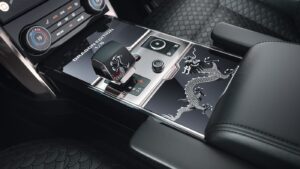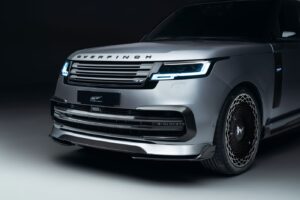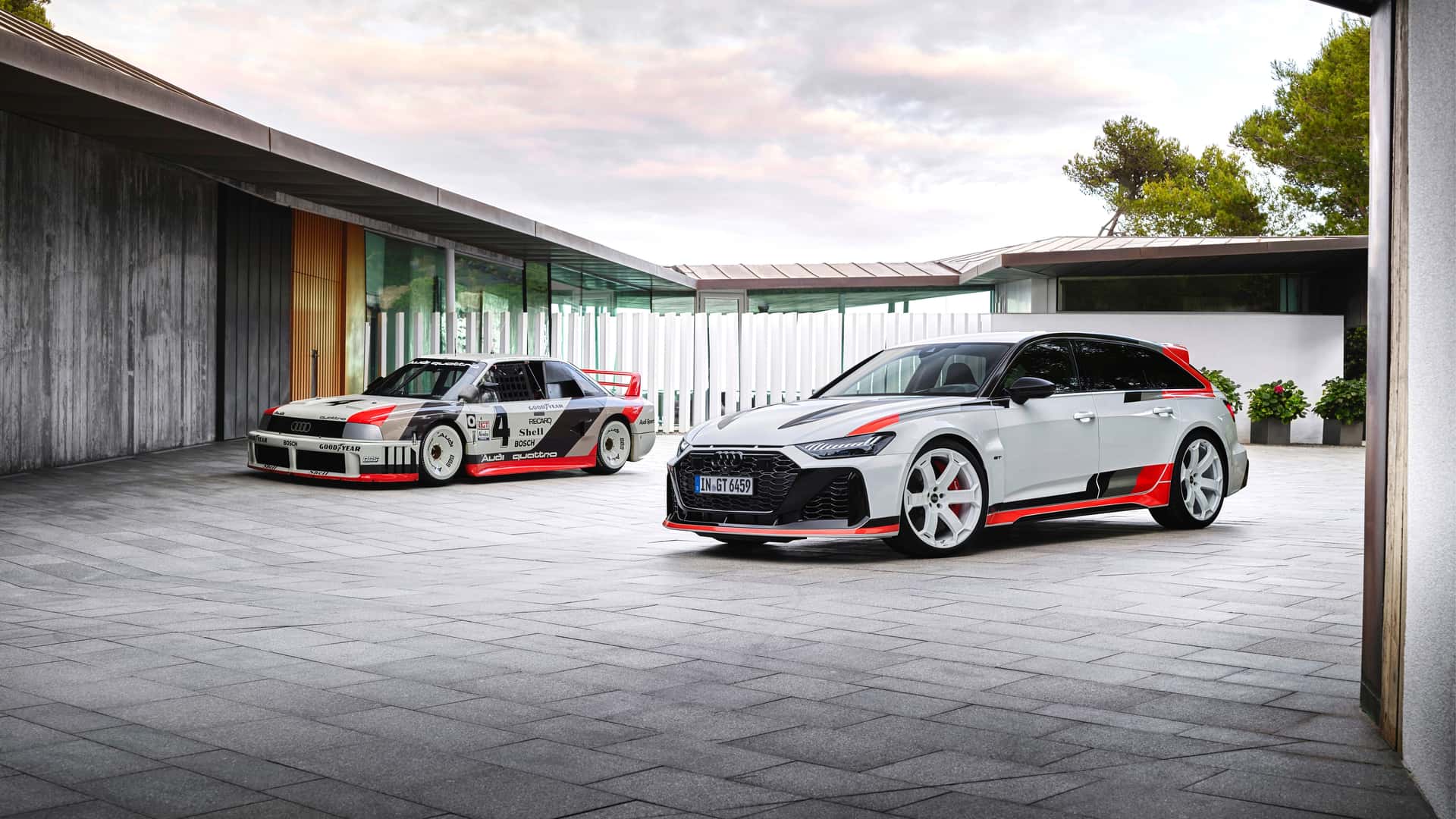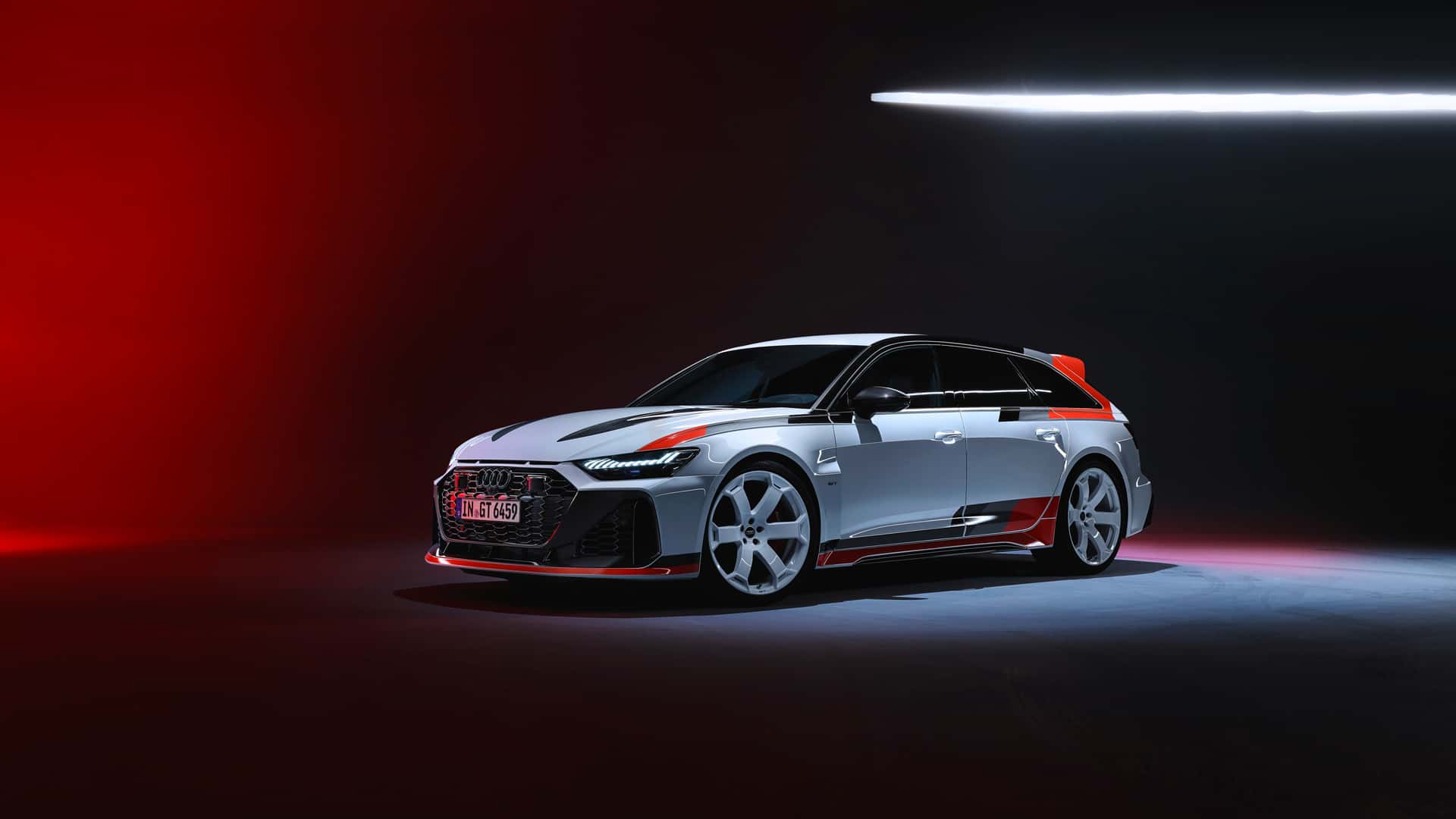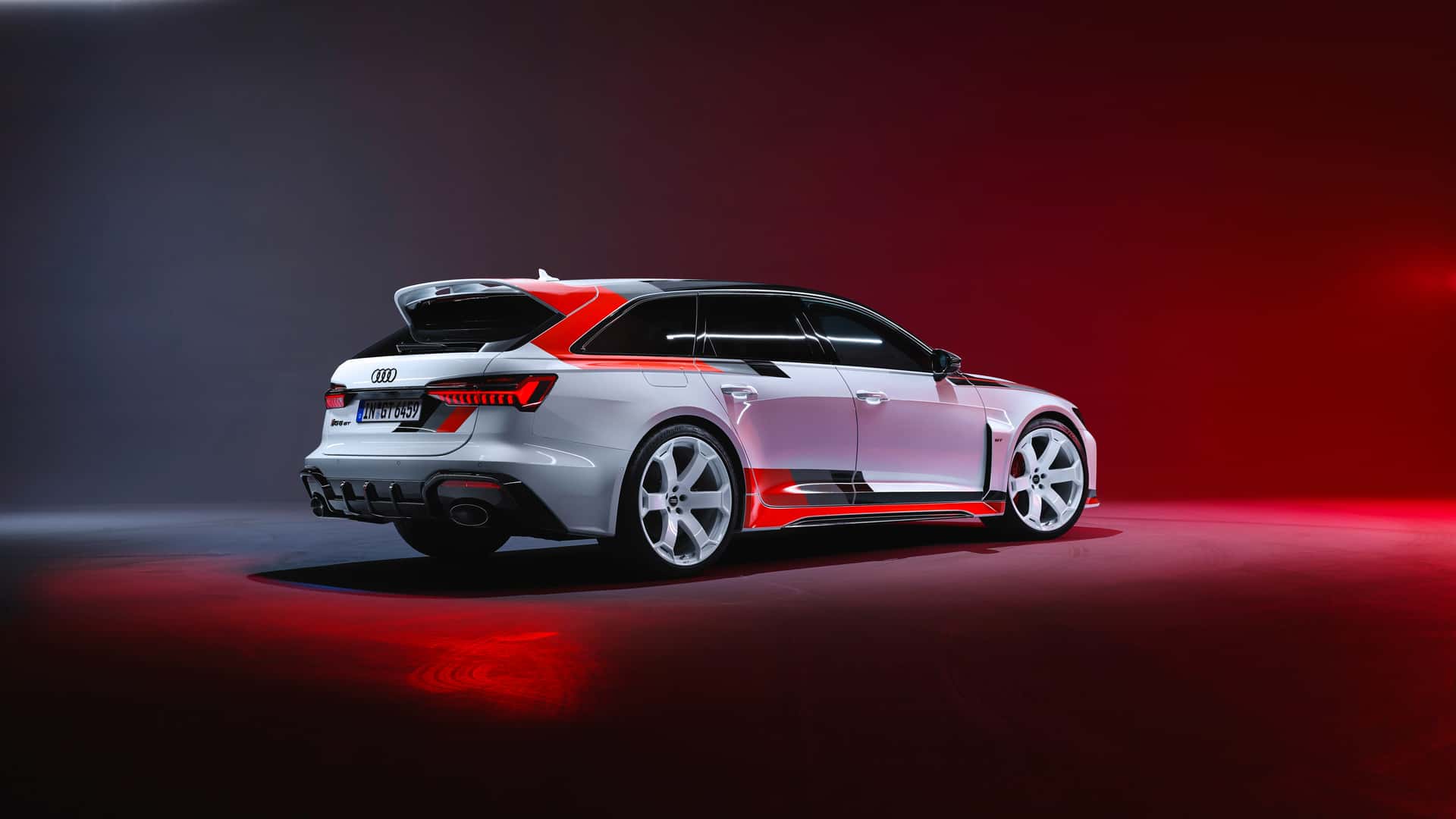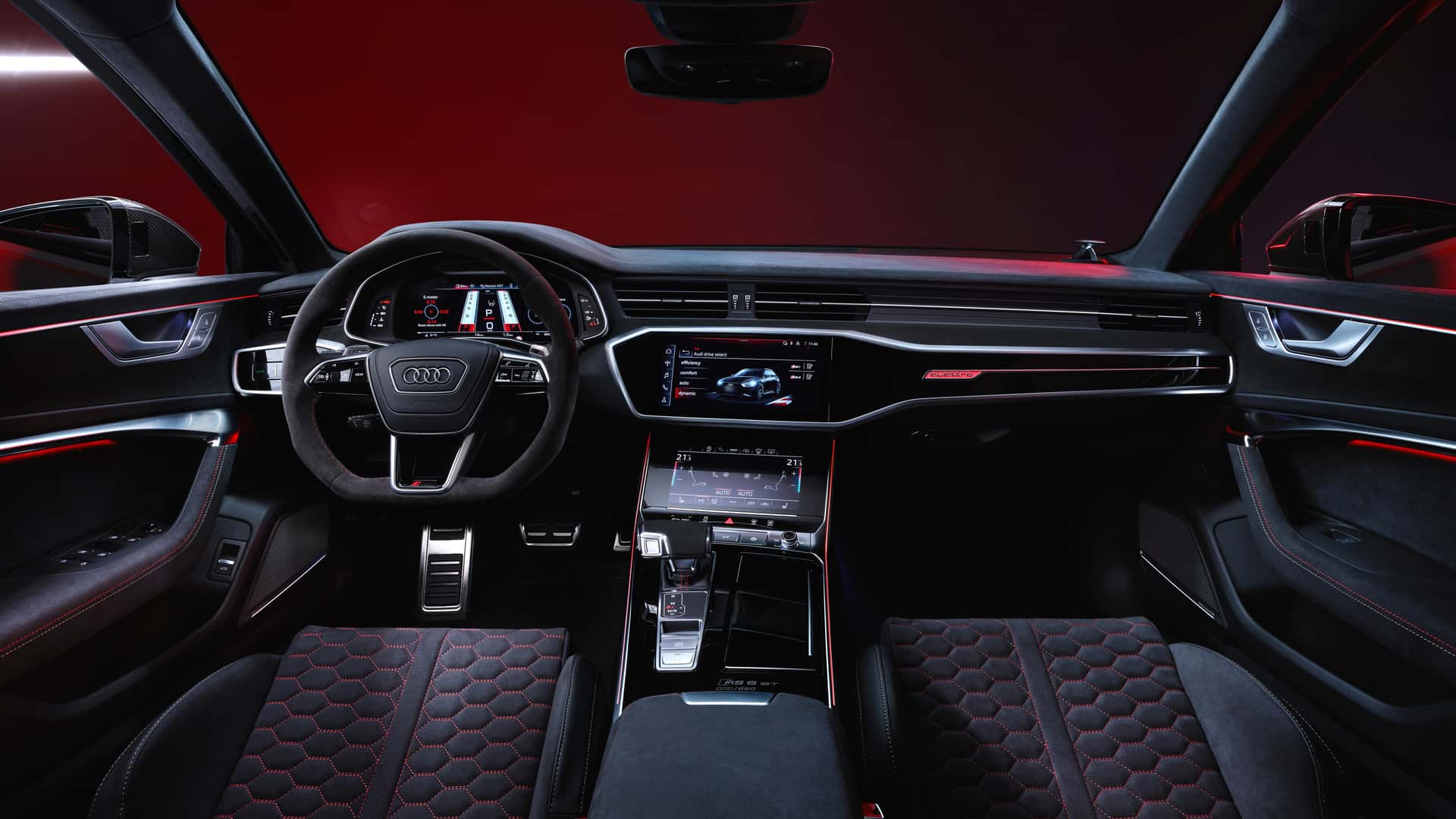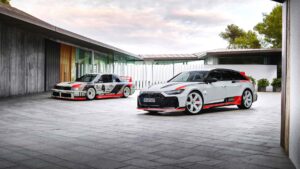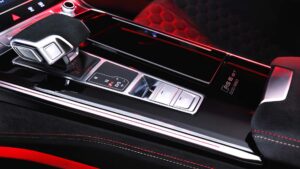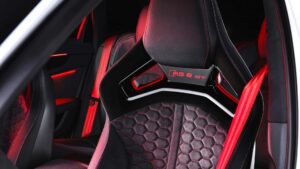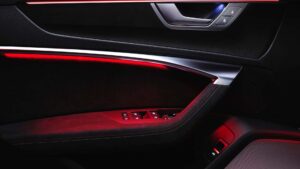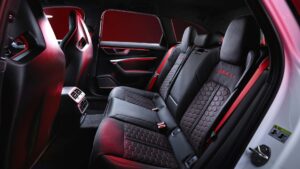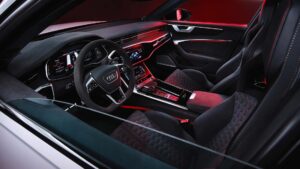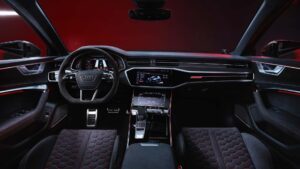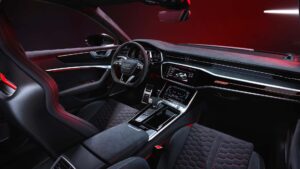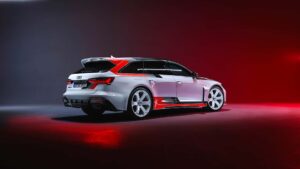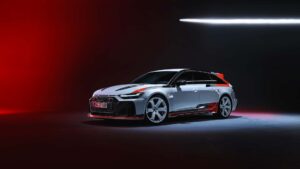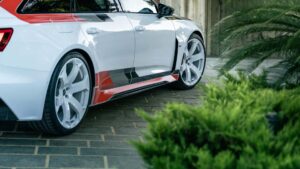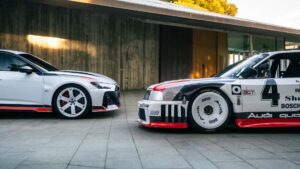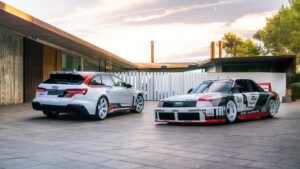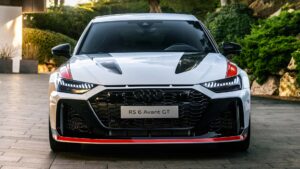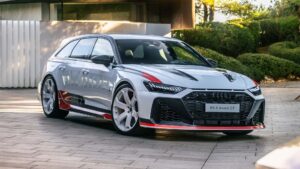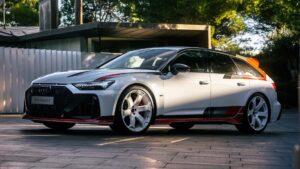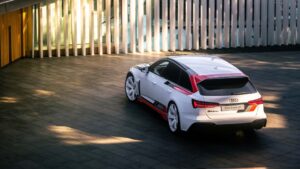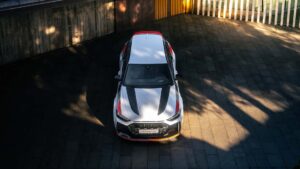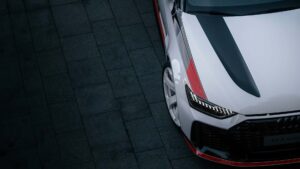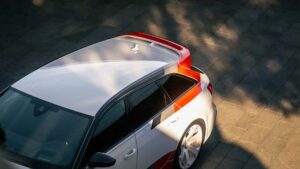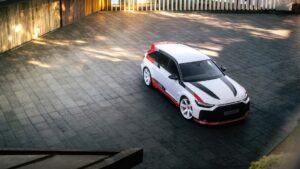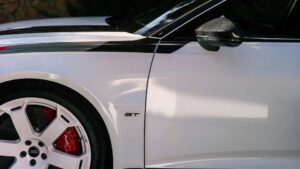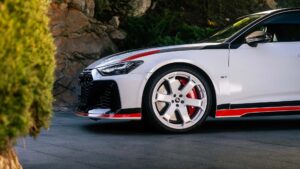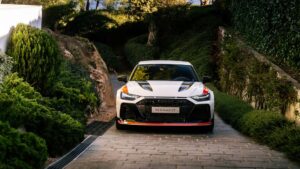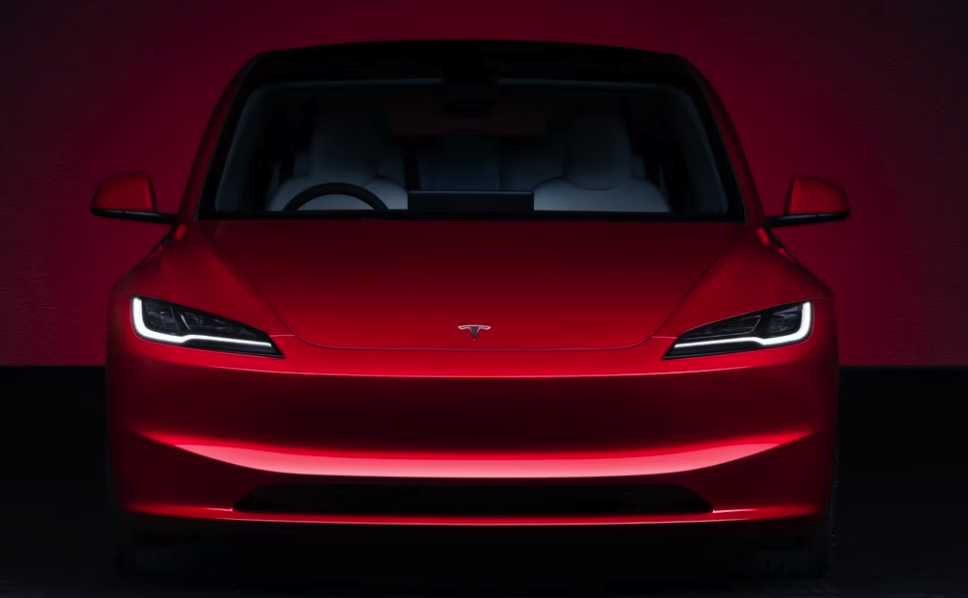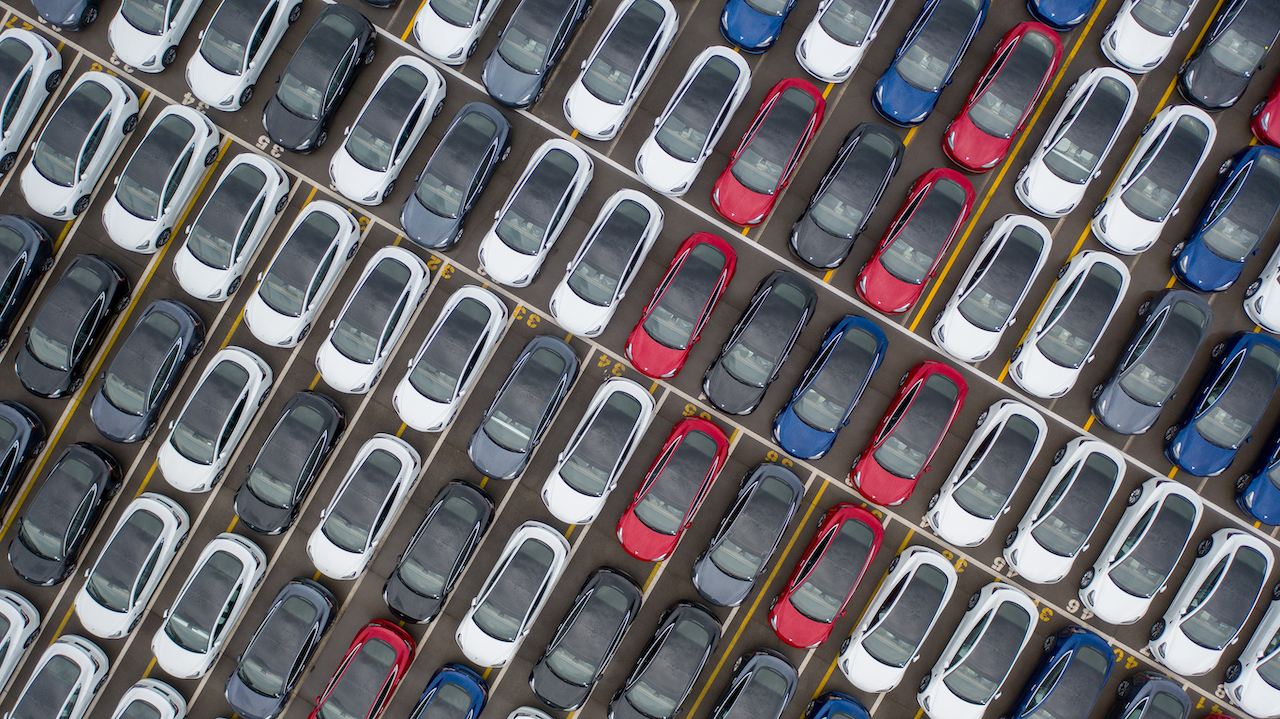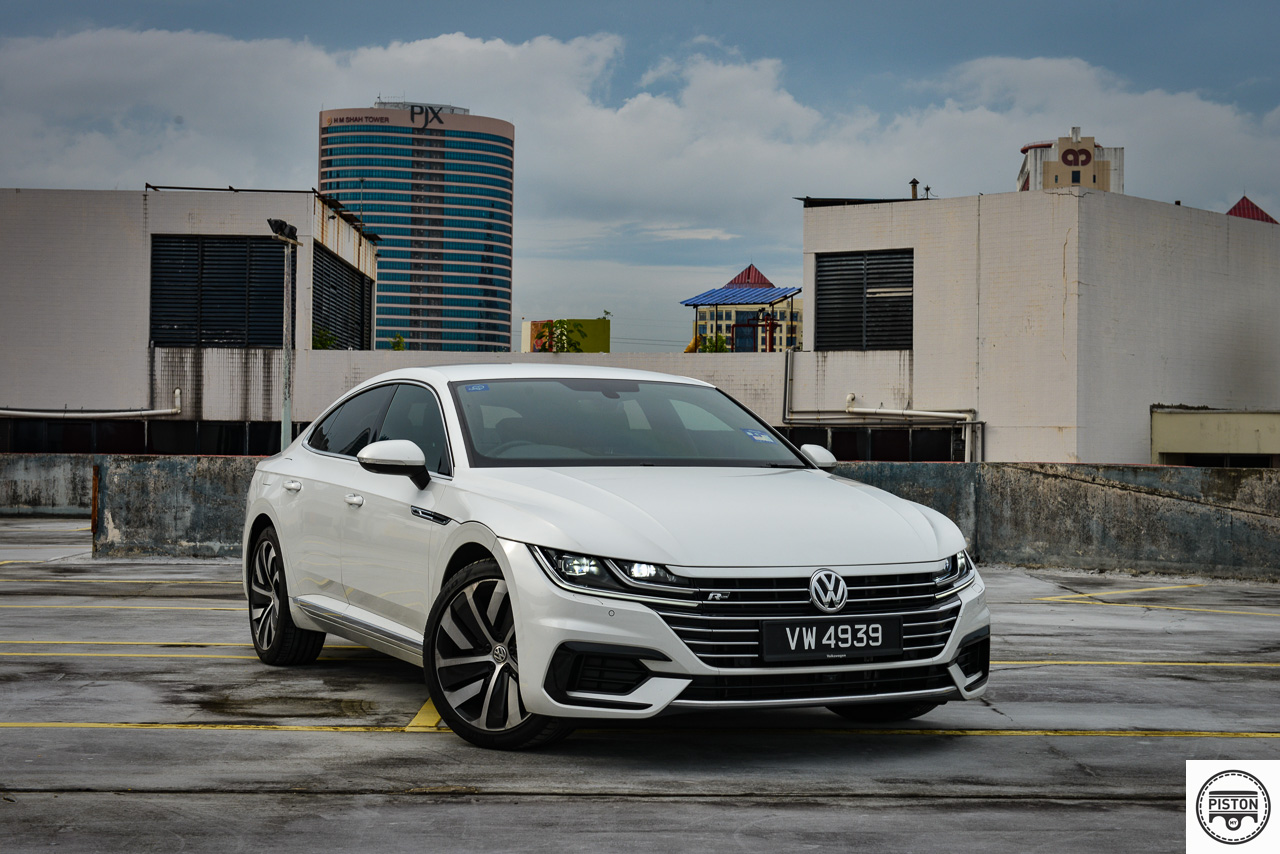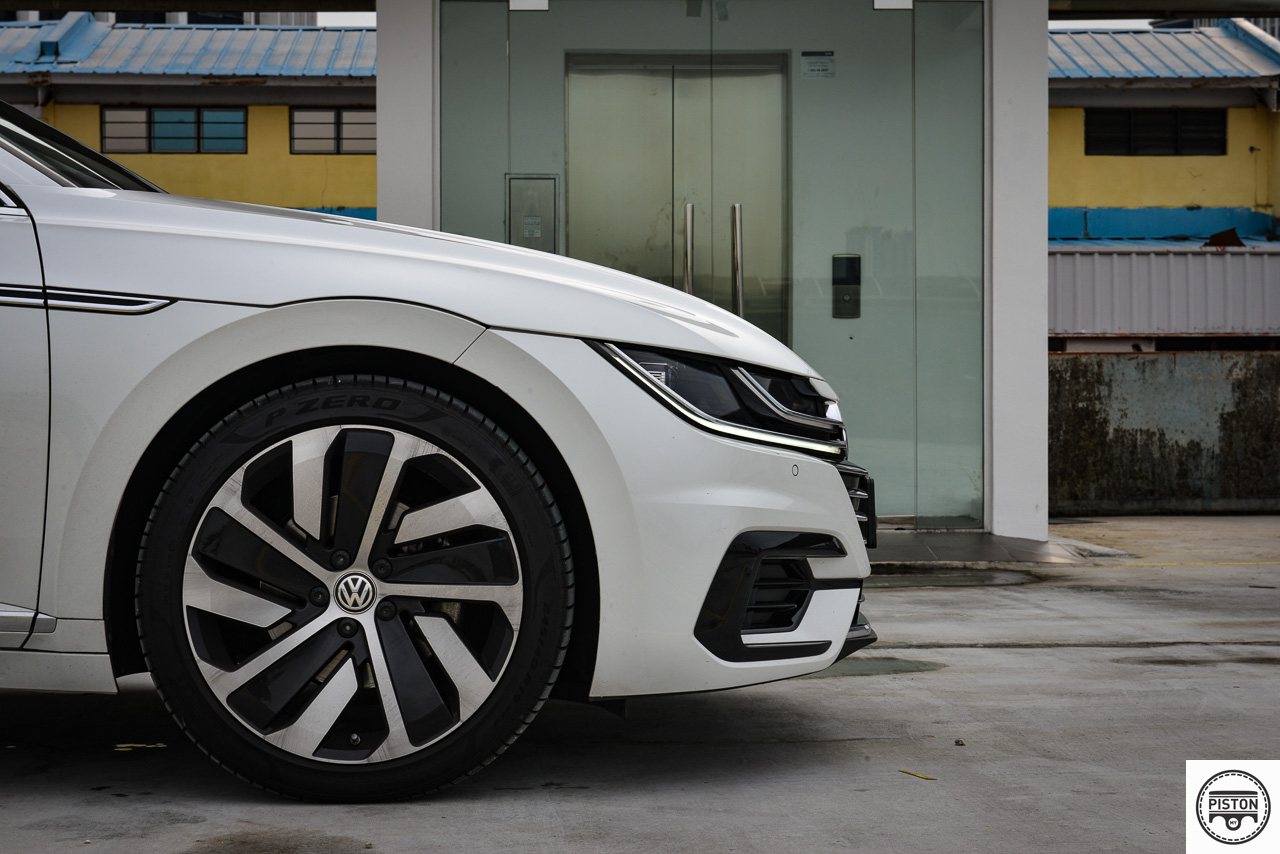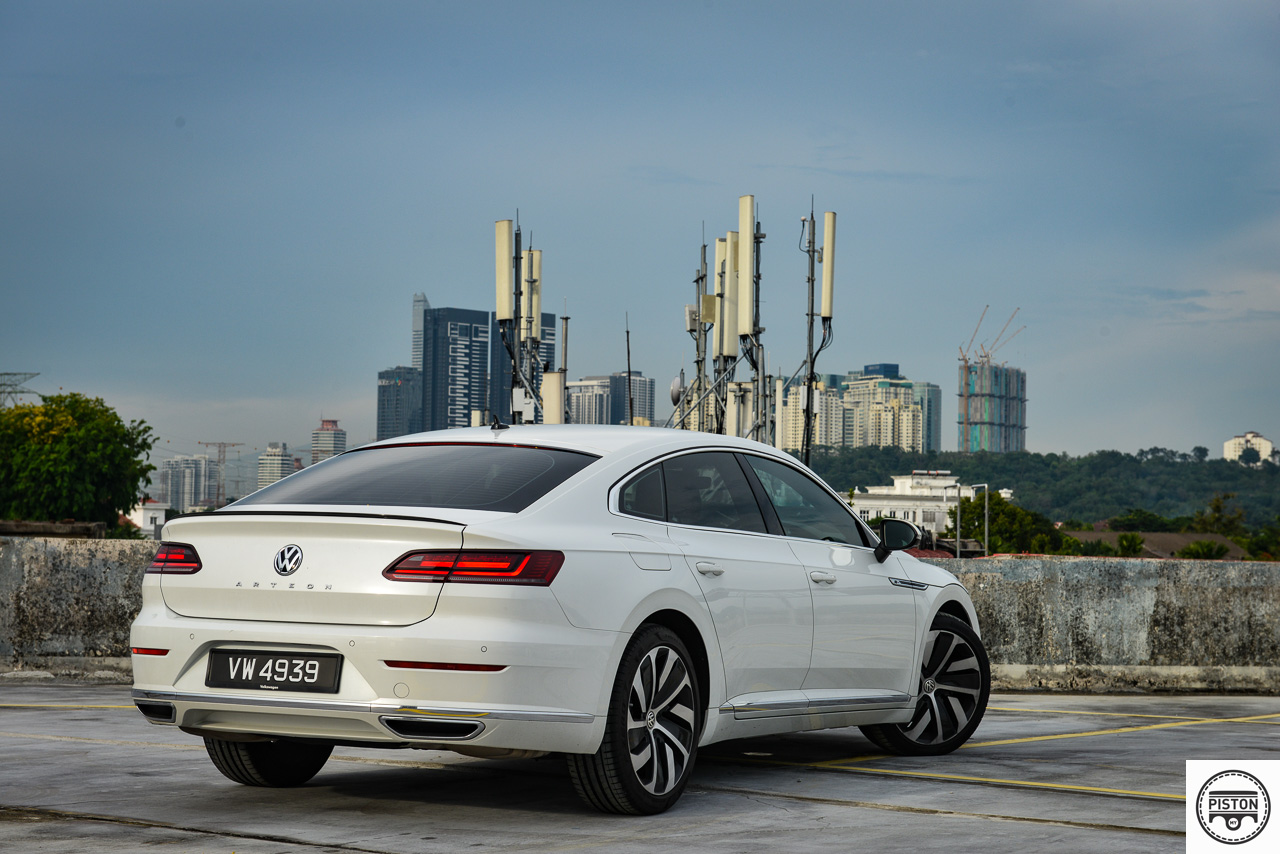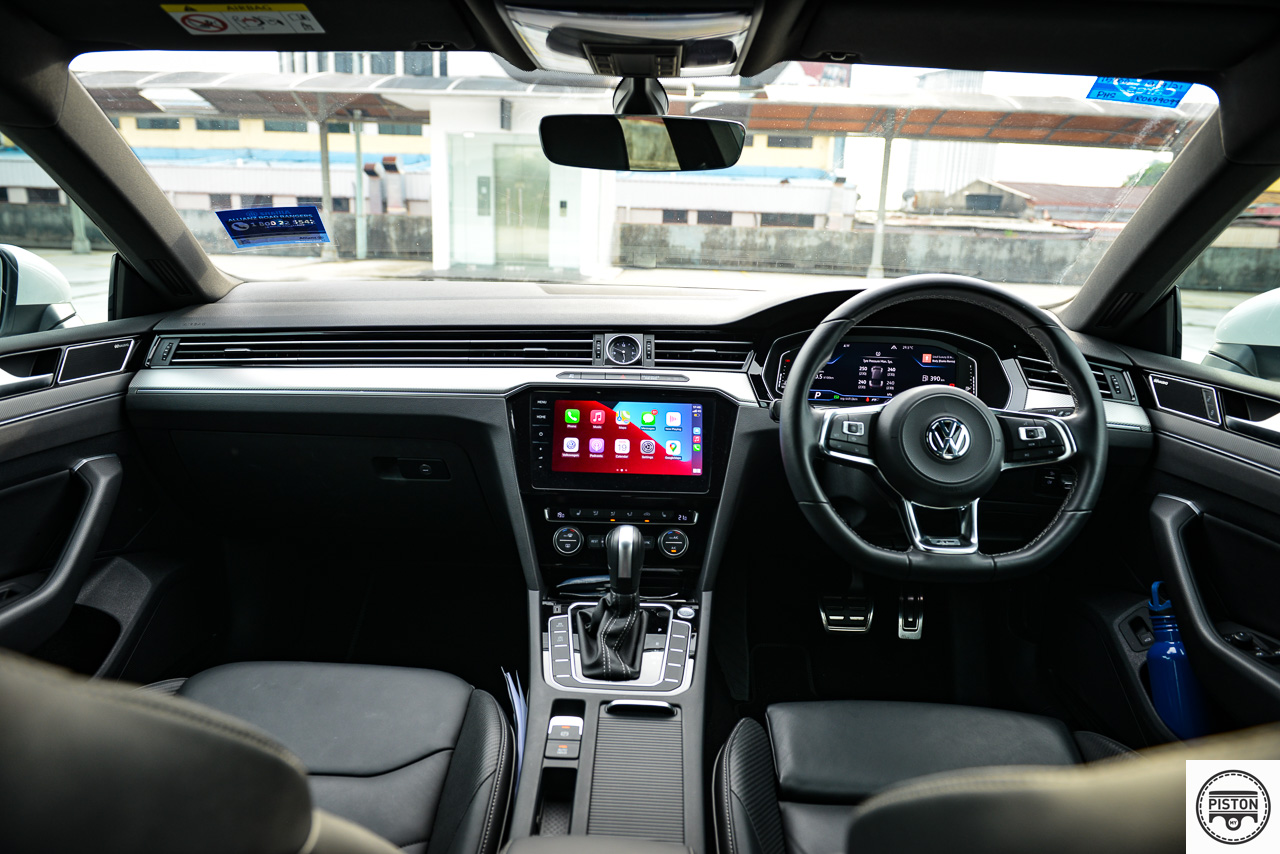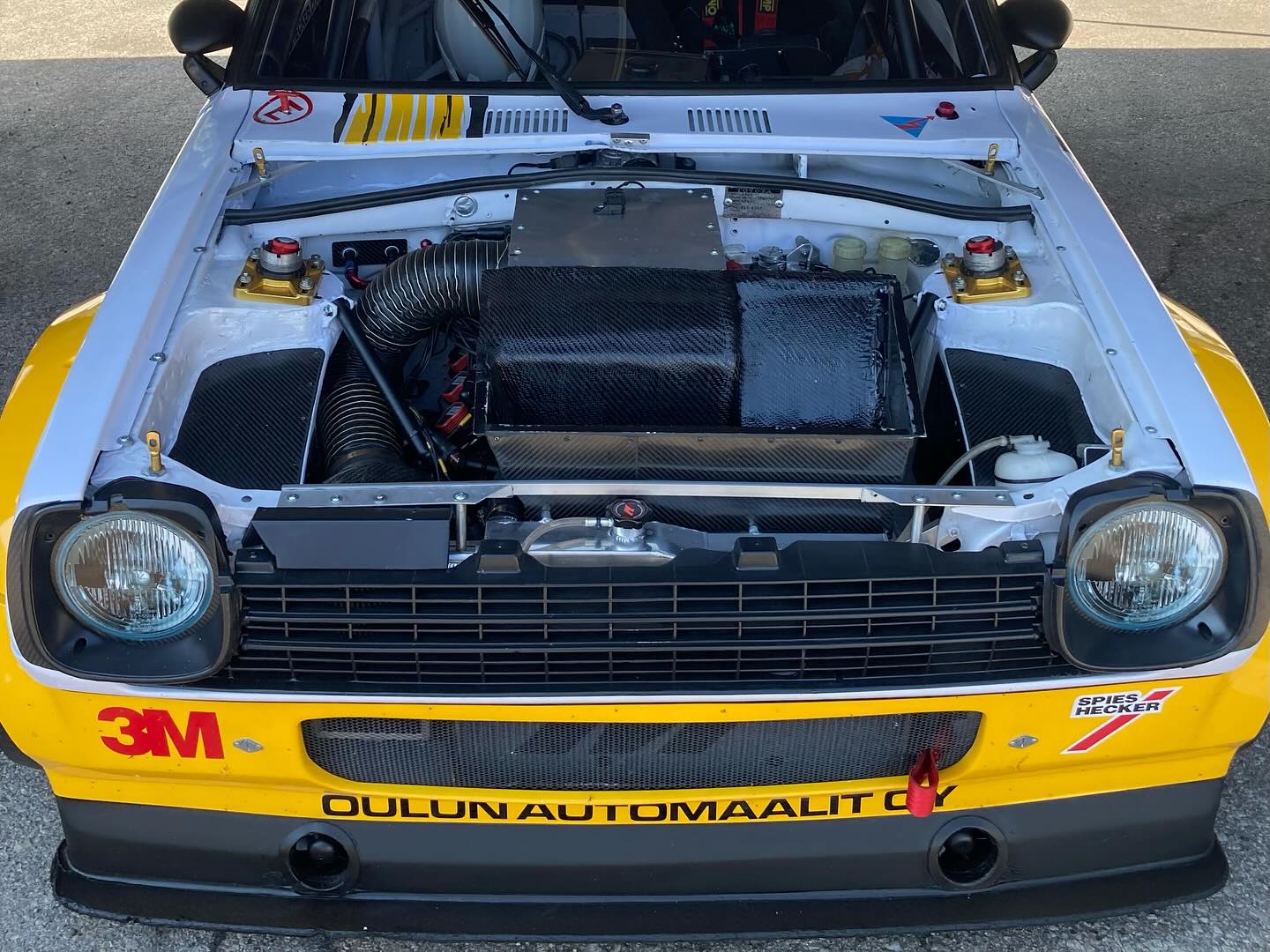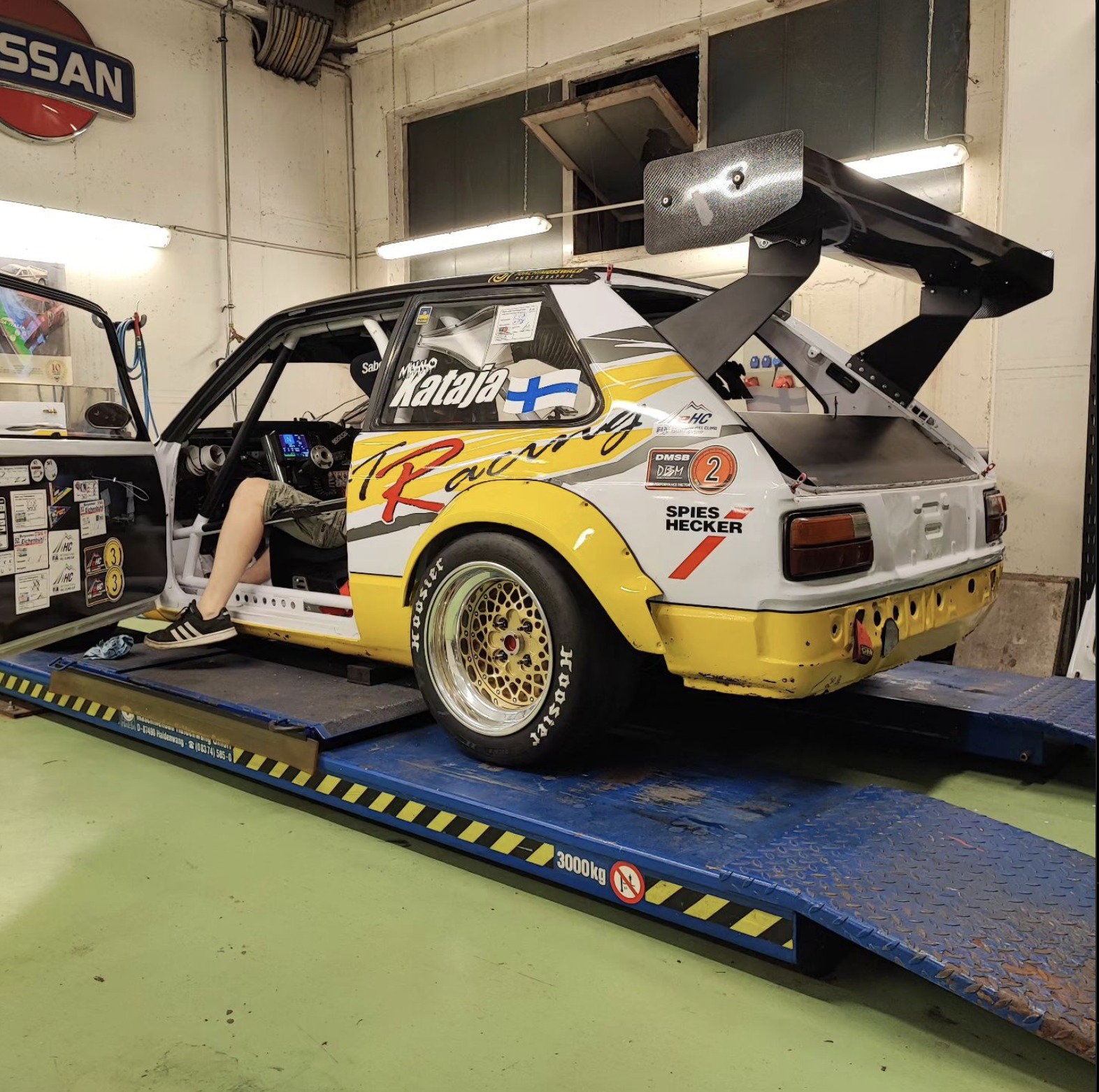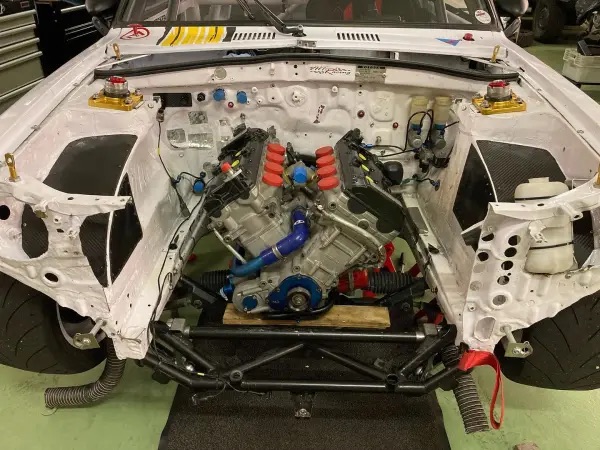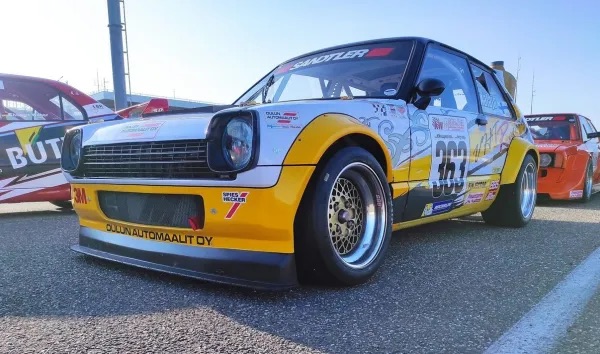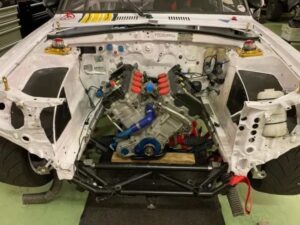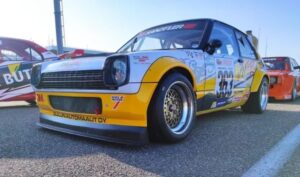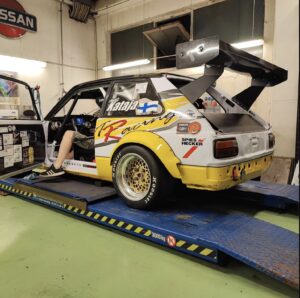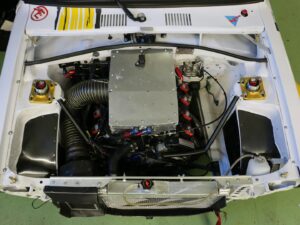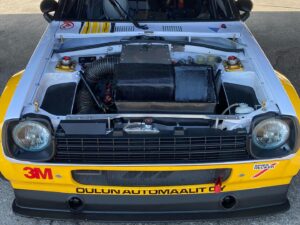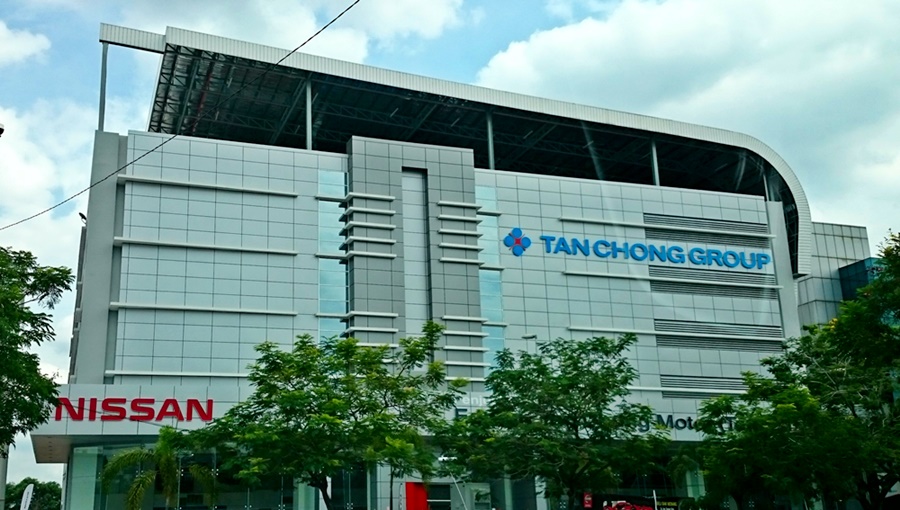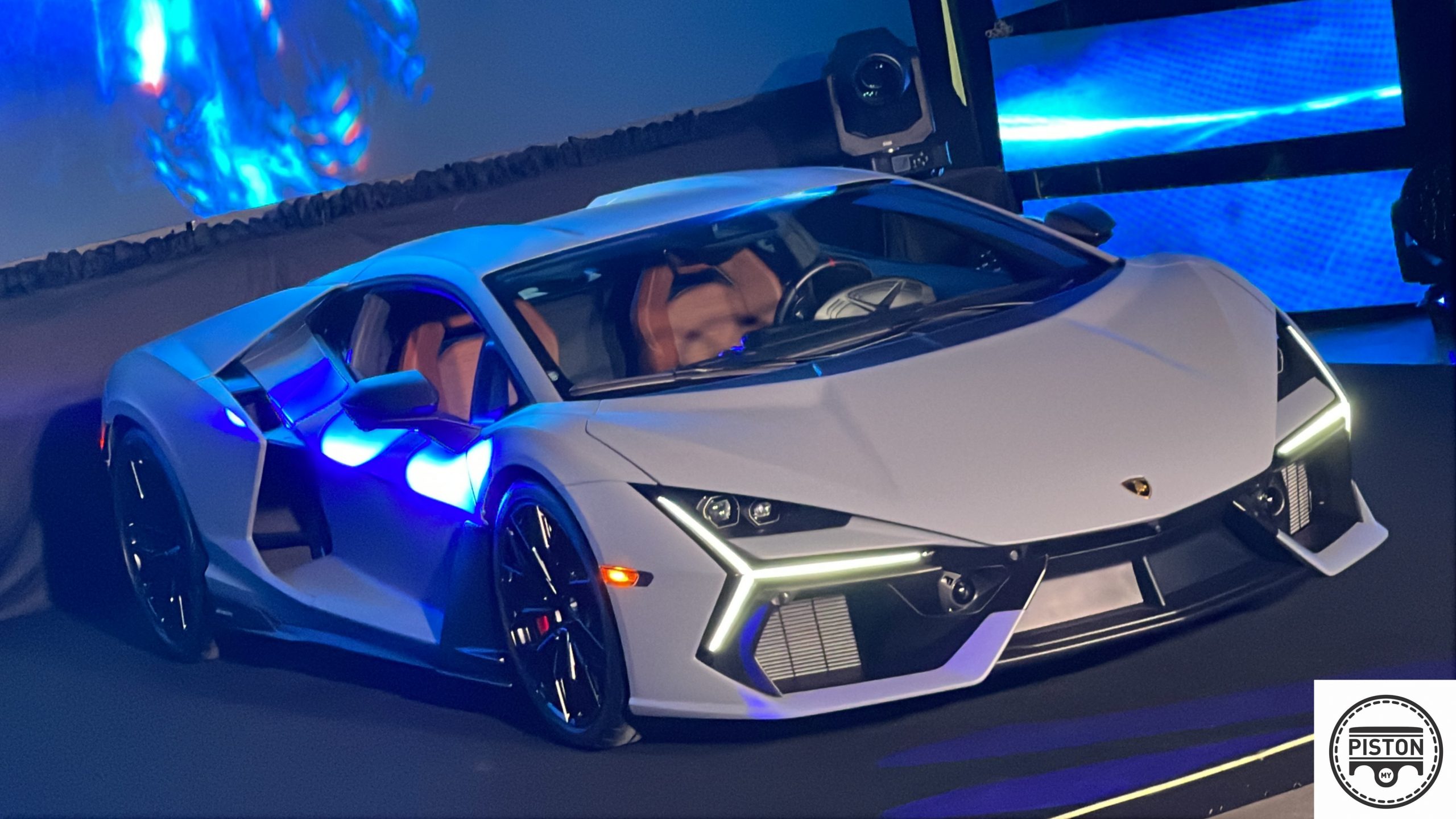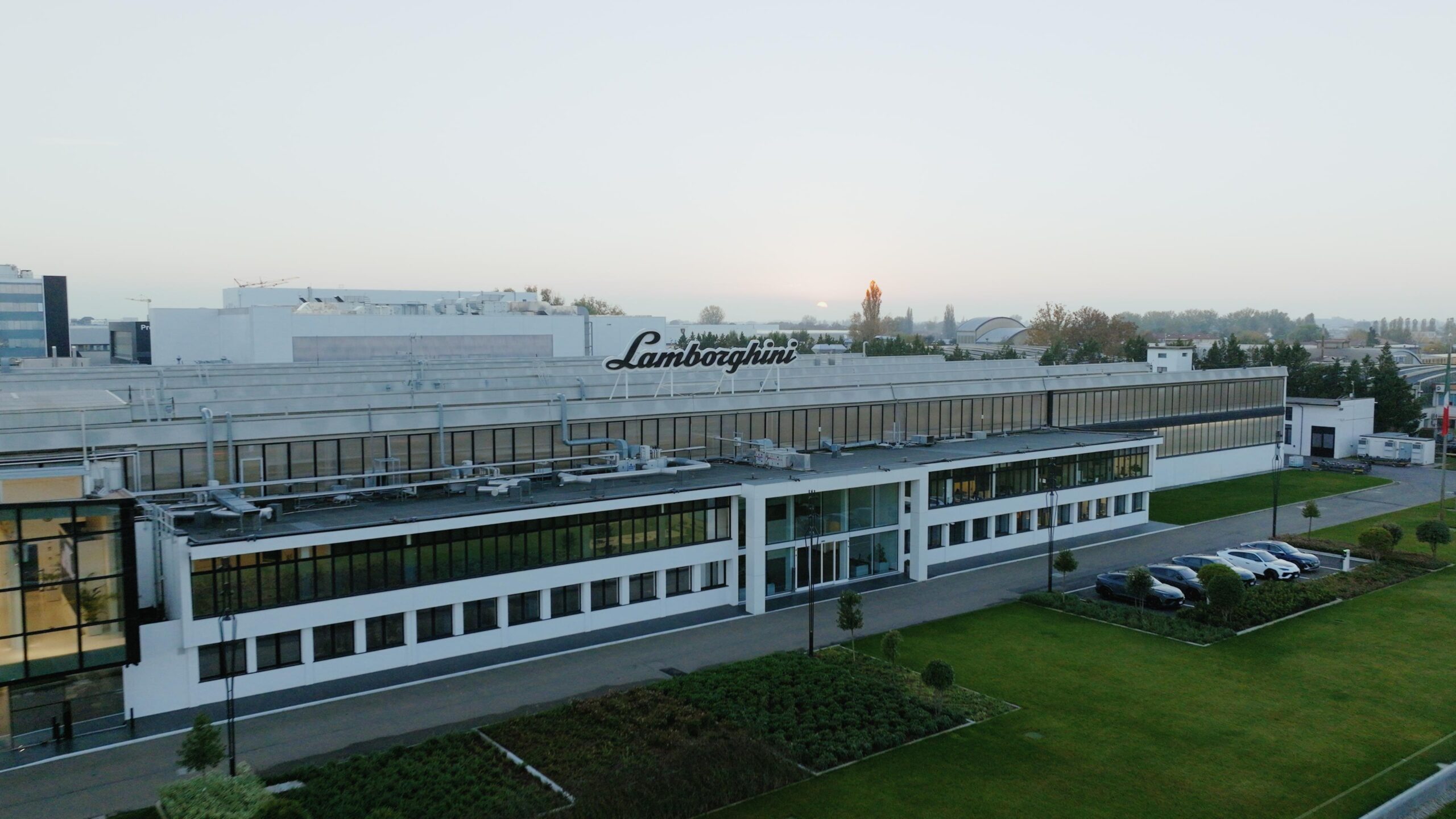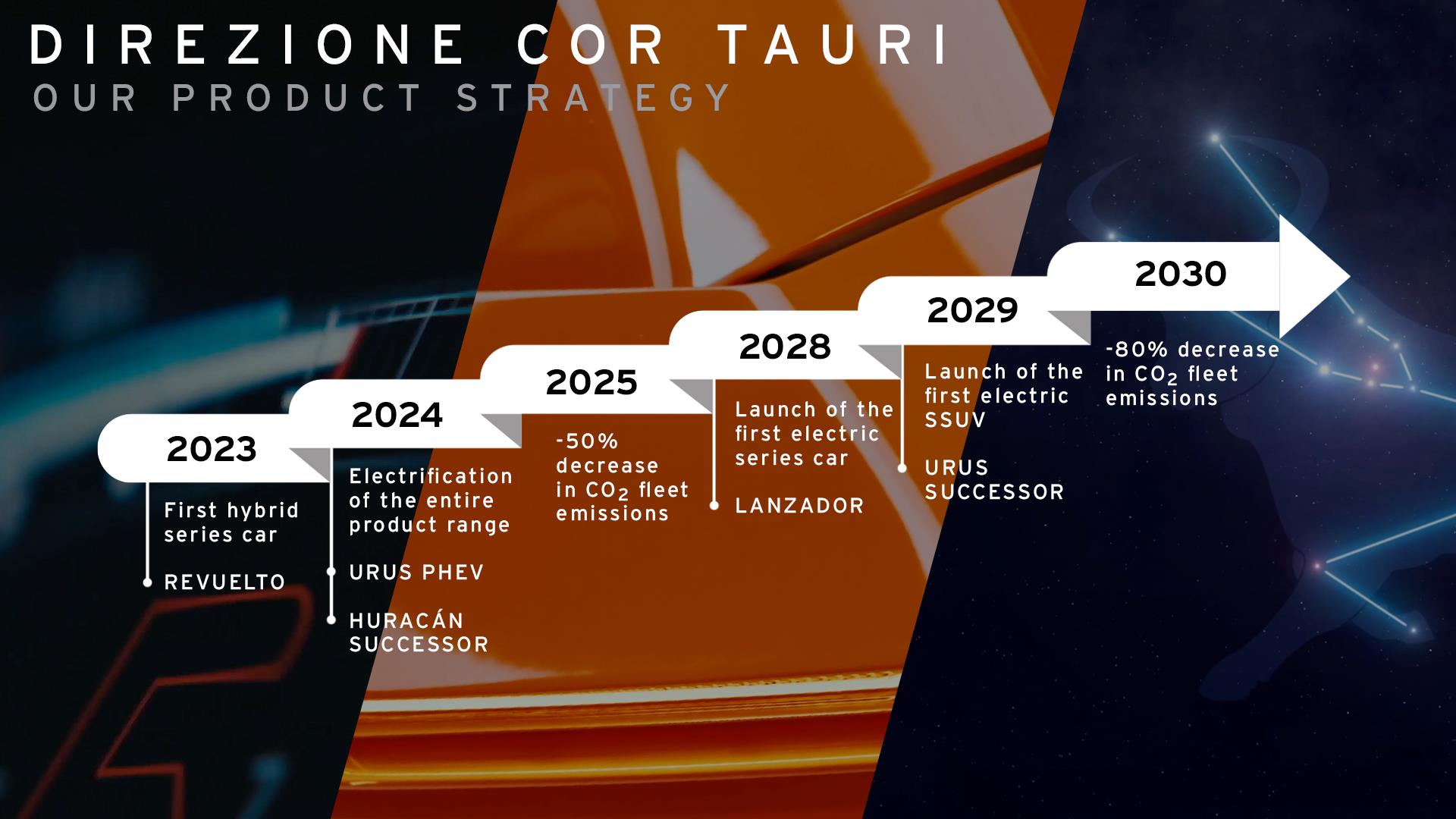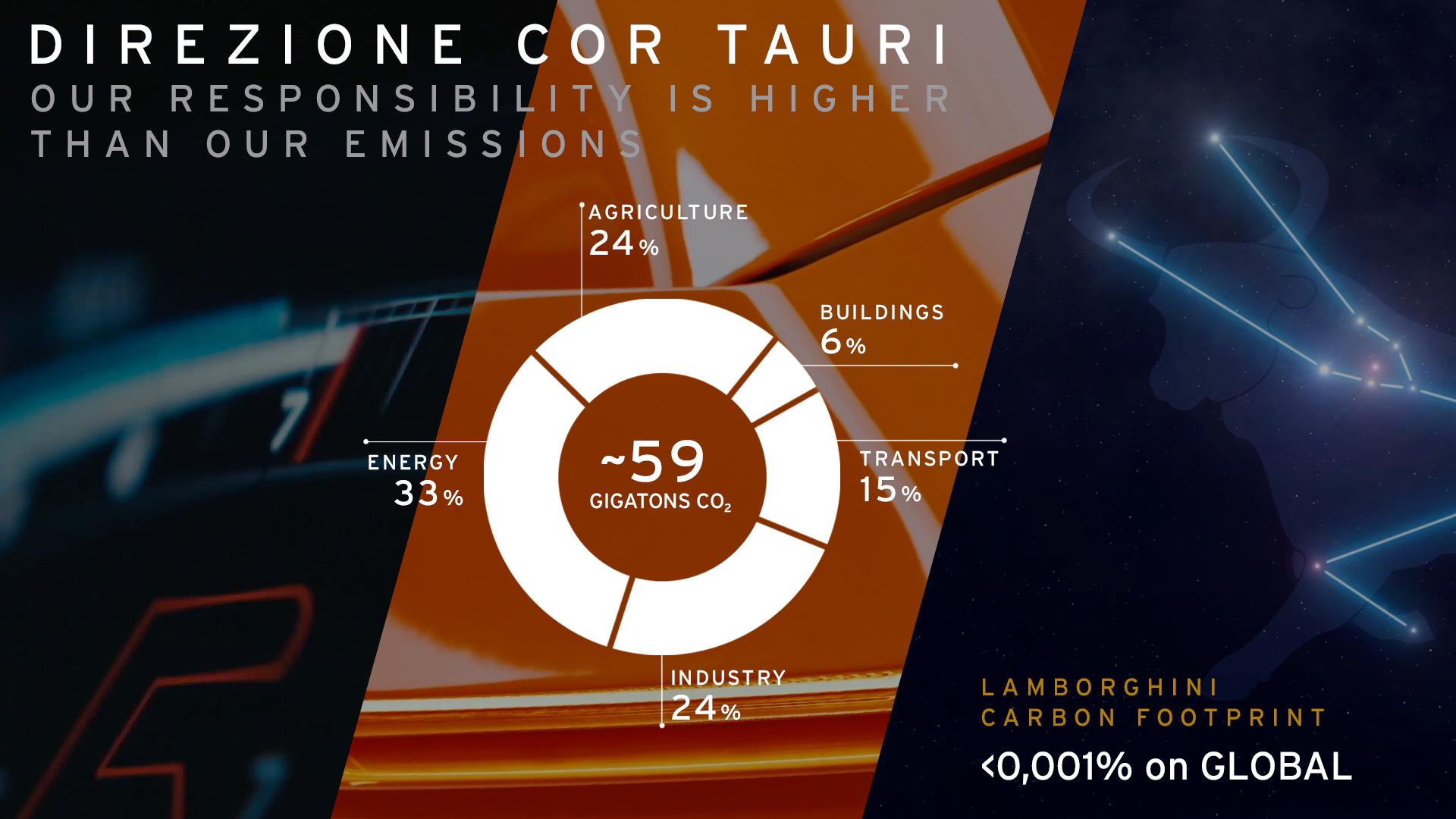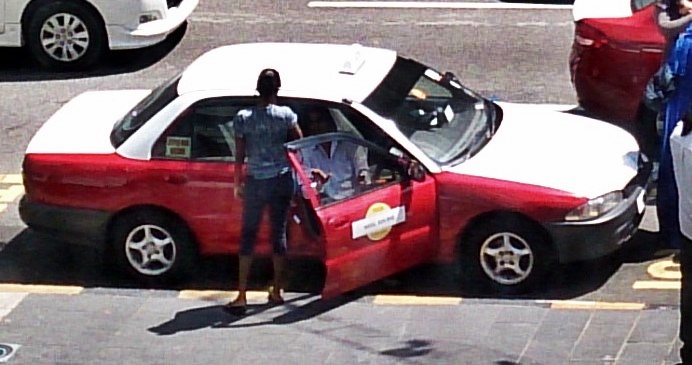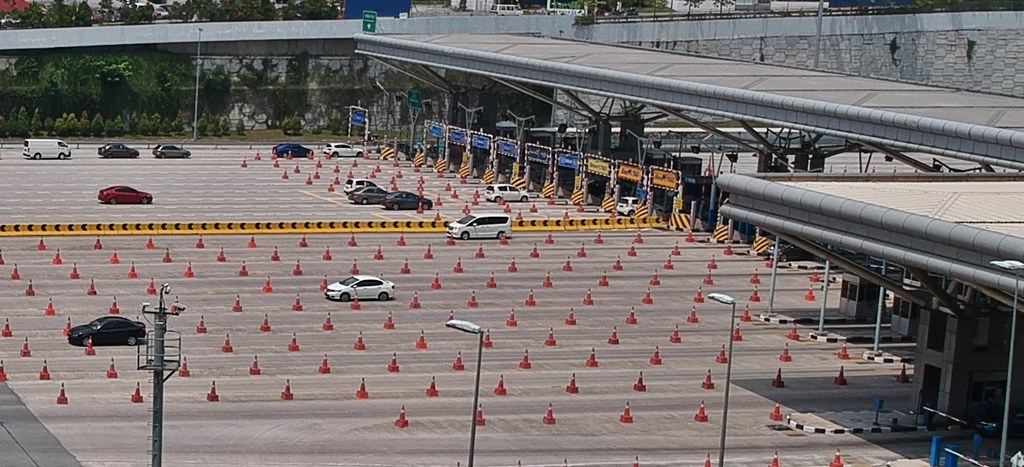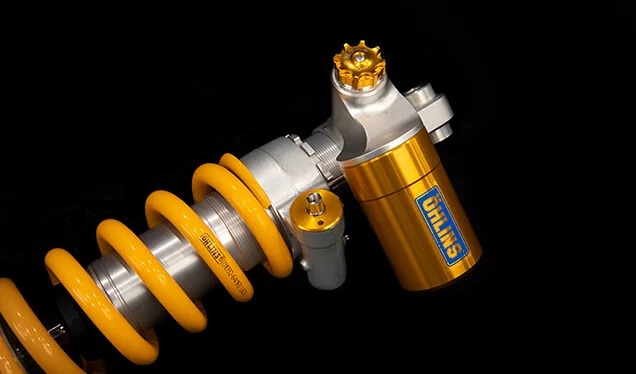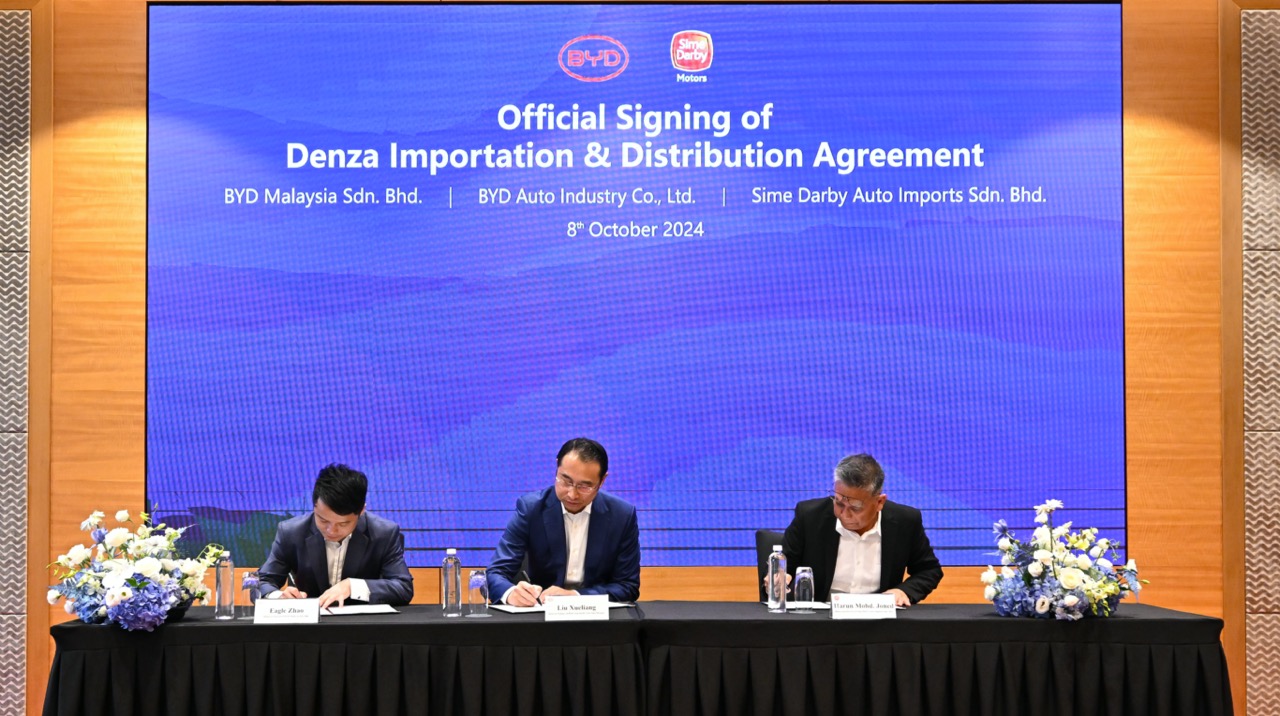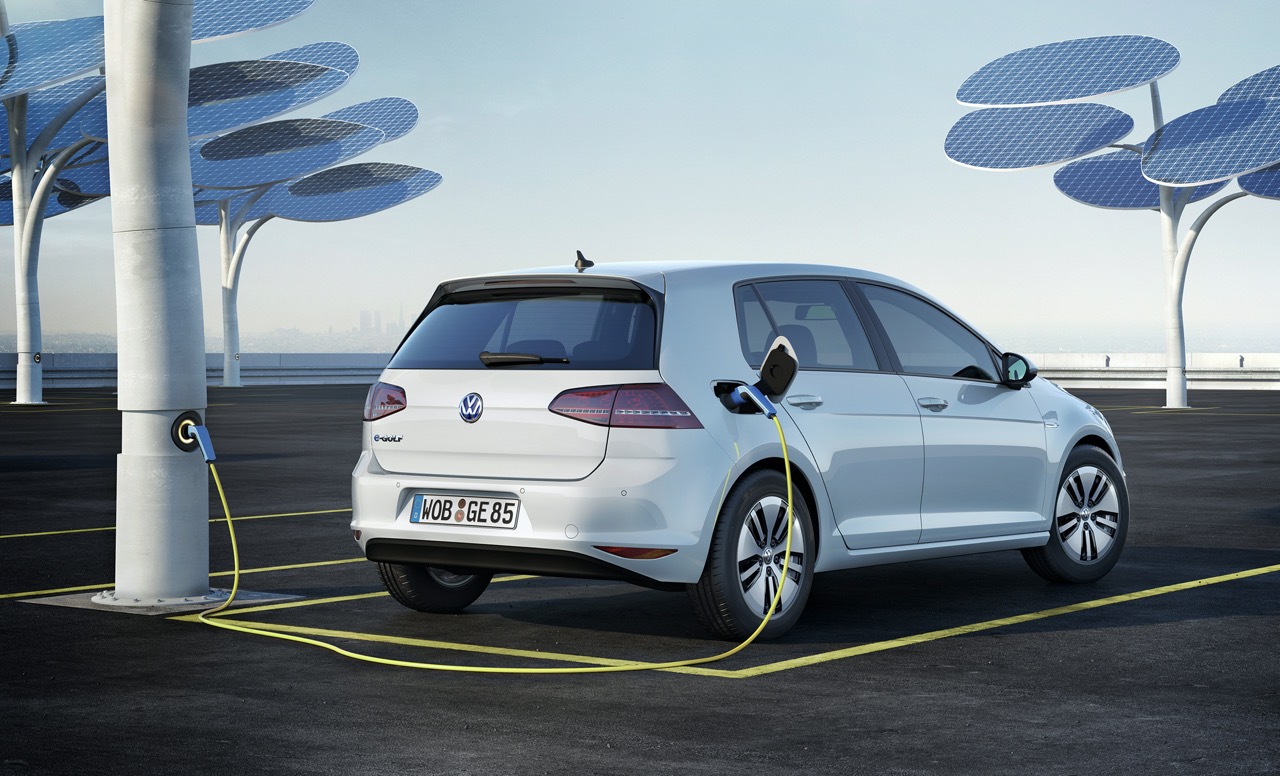BMW has taken the wraps off its latest iteration of the esteemed 5 Series Touring, ushering in a new era of driving pleasure, luxury, and environmental consciousness. The sixth generation of the BMW 5 Series Touring represents a significant leap forward, boasting cutting-edge digital innovations, advanced automated driving features, and a heightened commitment to sustainability, highlighted by the debut of the all-electric BMW i5 Touring. This new model aims to redefine the premium upper mid-range segment with its refined design, exceptional performance, and spacious comfort.
The BMW i5 Touring is the first all-electric premium model in its competitive field. It will be available in two versions from the outset. In the BMW i5 M60 xDrive Touring, two highly integrated drive units on the front and rear axles together form an electric all-wheel drive with up to 601hp. With M Launch Control or M Sport Boost activated, the system torque is increased to 820Nm. The top model accelerates from a standstill to 100km/h in 3.9 seconds and its top speed is electronically limited to 230km/h.
The electric motor of the BMW i5 eDrive40 Touring is located on the rear axle and generates a maximum output of 340hp and a maximum torque of up to 430Nm with Sport Boost or Launch Control function. The BMW i5 eDrive40 Touring accelerates from zero to 100km/h in 6.1 seconds.
In both models, the high-voltage battery located in the underbody provides a usable energy content of 81.2 kWh. In addition to the efficient electric motors, adaptive recuperation and heat pump technology for heating and cooling the interior, the drive and high-voltage battery contribute to the long-distance capability of the i5 Touring. The range determined in the WLTP test procedure is 445 to 506km for the BMW i5 M60 xDrive Touring and 483 to 560km for the BMW i5 eDrive40 Touring.
The battery can be charged with alternating current with an output of up to 11kW as standard and up to 22kW as an option. The high-voltage battery can be charged with direct current with a power of up to 205kW. Anticipatory thermal management for the high-voltage battery optimises efficiency when using fast-charging stations. Connected Home Charging for the all-electric and plug-in hybrid models creates the conditions for solar and load-optimised as well as cost-optimised charging. The BMW i5 Touring is also suitable for the Plug & Charge Multi Contract function.
The new BMW 5 Series Touring introduces a flexible drive architecture that enables the production of highly efficient petrol and diesel engines, plug-in hybrid systems, and all-electric drive systems on a single production line. This approach underscores BMW’s dedication to offering diverse propulsion options while maintaining manufacturing efficiency.
All diesel engines available for the new BMW 5 Series Touring are combined with 48-volt mild hybrid technology and an 8-speed Steptronic transmission. The four-cylinder engine of the BMW 520d Touring models available at market launch and BMW 520d xDrive Touring generates a maximum output of 197hp and a maximum torque of 400Nm. The drive portfolio will be supplemented by an in-line six-cylinder diesel engine in summer 2024. At the same time, two model variants with the latest generation of plug-in hybrid drive will follow.
Externally, it showcases dynamically elongated proportions, a modern interpretation of the brand’s iconic twin headlights, and a distinctive BMW grille that projects forward. Its elongated wheelbase and sleek window graphics contribute to its sporty yet sophisticated appearance.
Inside the cabin, the cockpit is centred around the BMW Curved Display, offering a fully digital display network for enhanced user interaction. Notably, the interior features vegan materials as standard, with optional upgrades including BMW Individual Merino leather upholstery and a panoramic glass roof.
In terms of functionality and comfort, the new BMW 5 Series Touring offers improved space and acoustic comfort, making it ideal for both daily use and extended journeys. The adaptable interior includes a spacious luggage compartment that can be expanded to accommodate larger cargo, catering to the diverse needs of drivers and passengers.
Furthermore, the new BMW 5 Series Touring comes equipped with advanced systems for semi-automated driving and parking, enhancing safety and convenience for drivers. Infotainment and connectivity features are also at the forefront, with the BMW iDrive display and operating system offering redesigned interfaces and a range of digital services including streaming video and in-car gaming.
Overall, the new BMW 5 Series Touring sets a new standard in the premium upper mid-range segment, offering a compelling blend of performance, luxury, and sustainability. With its innovative design, advanced technology, and diverse propulsion options, it represents the future of automotive excellence.




